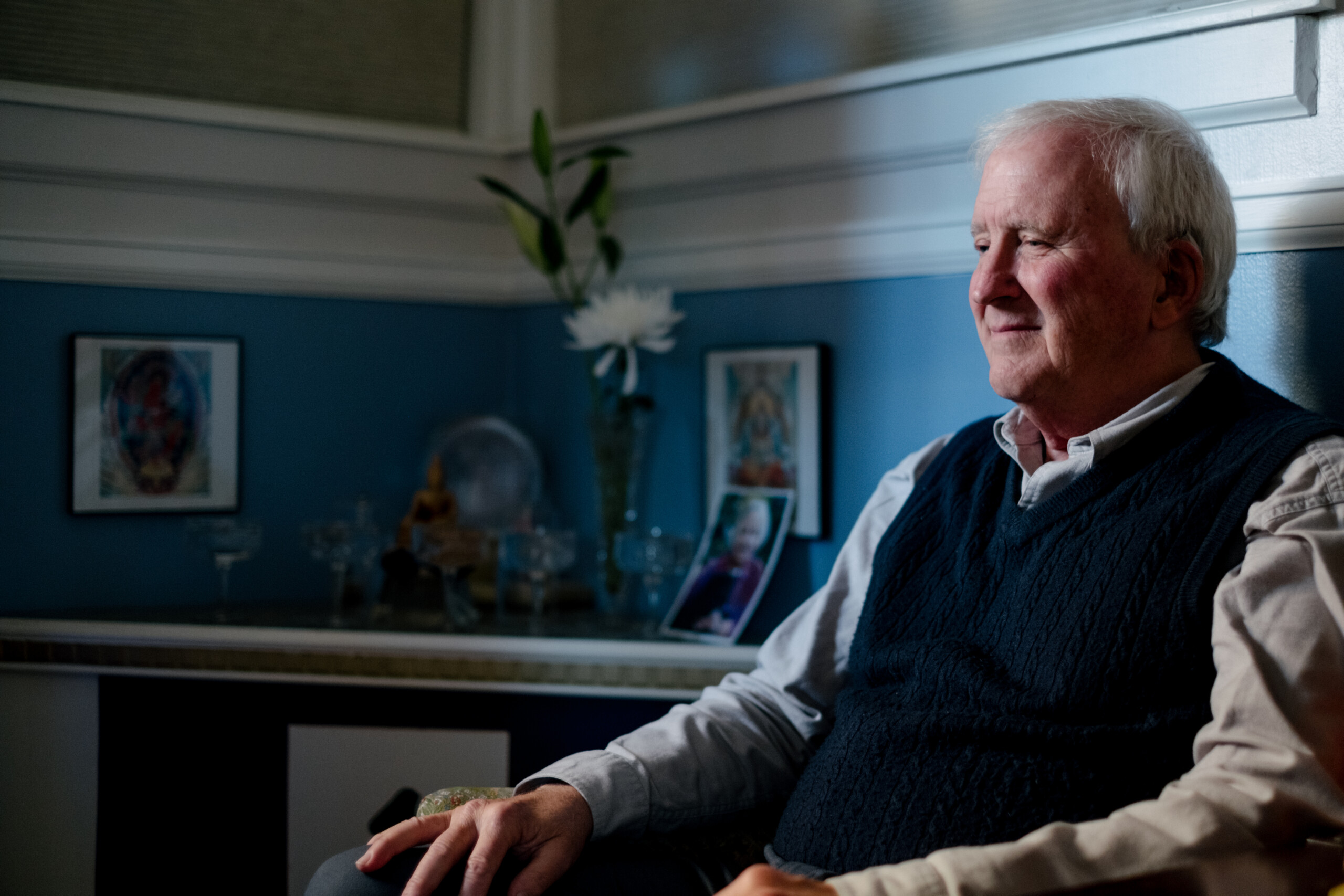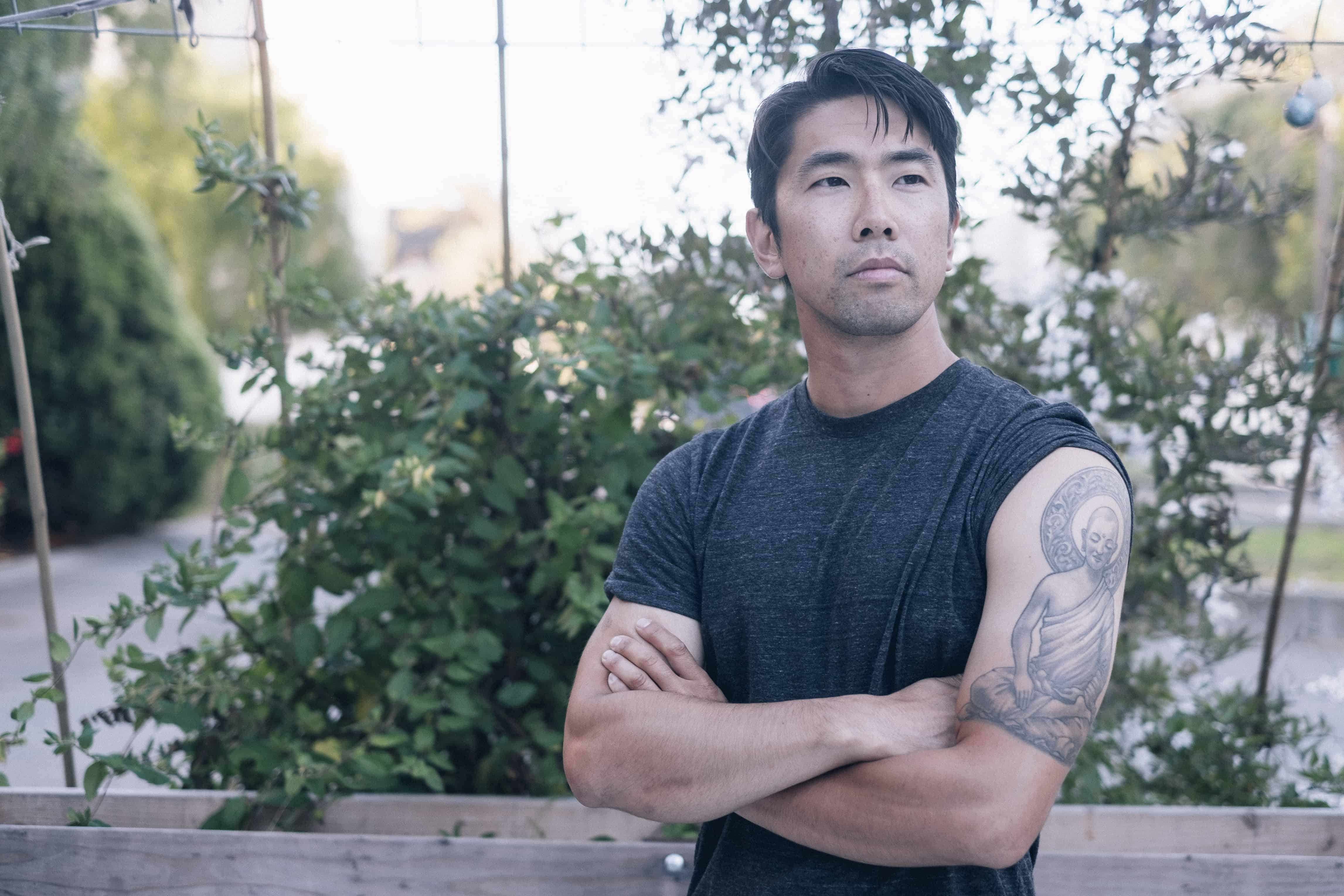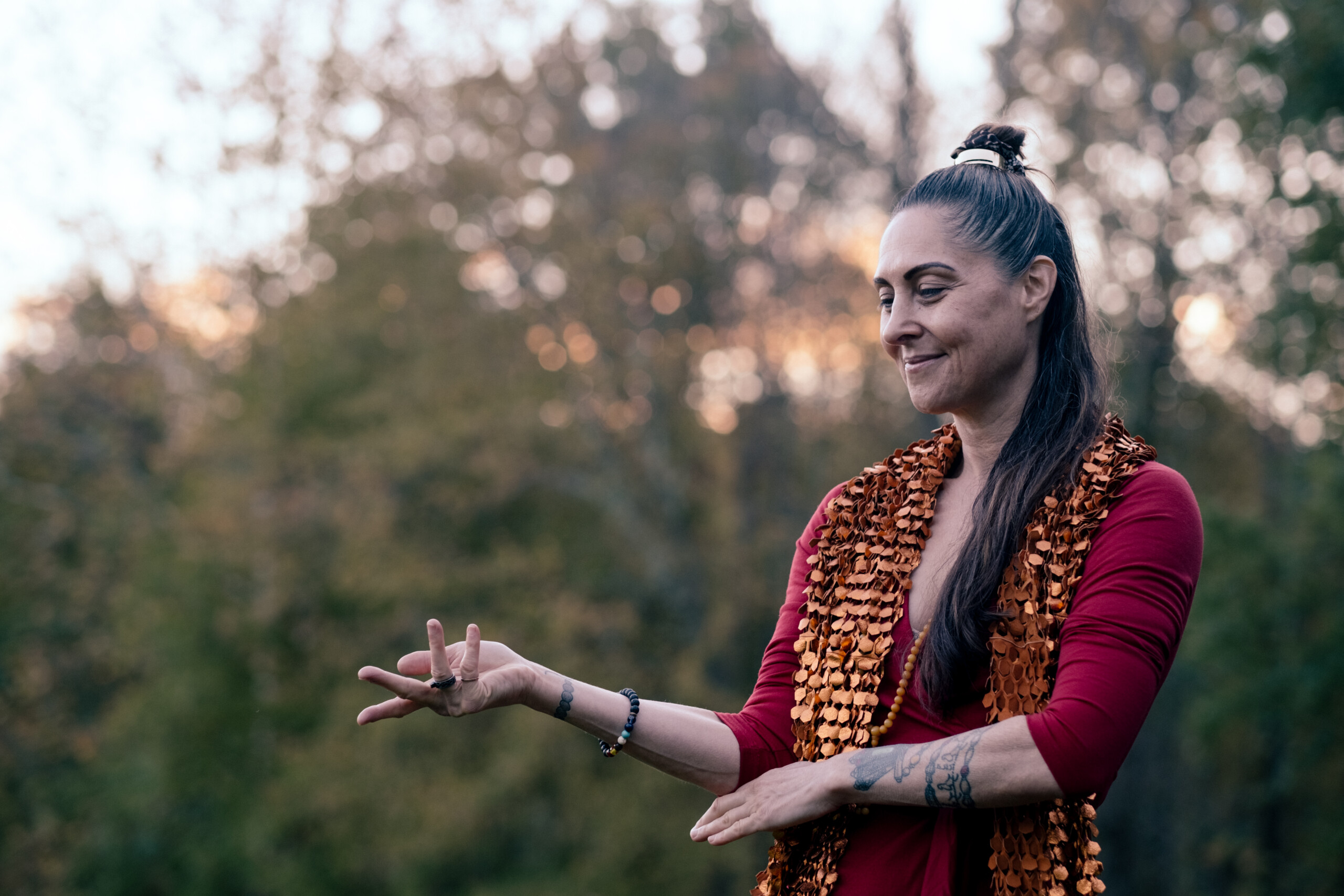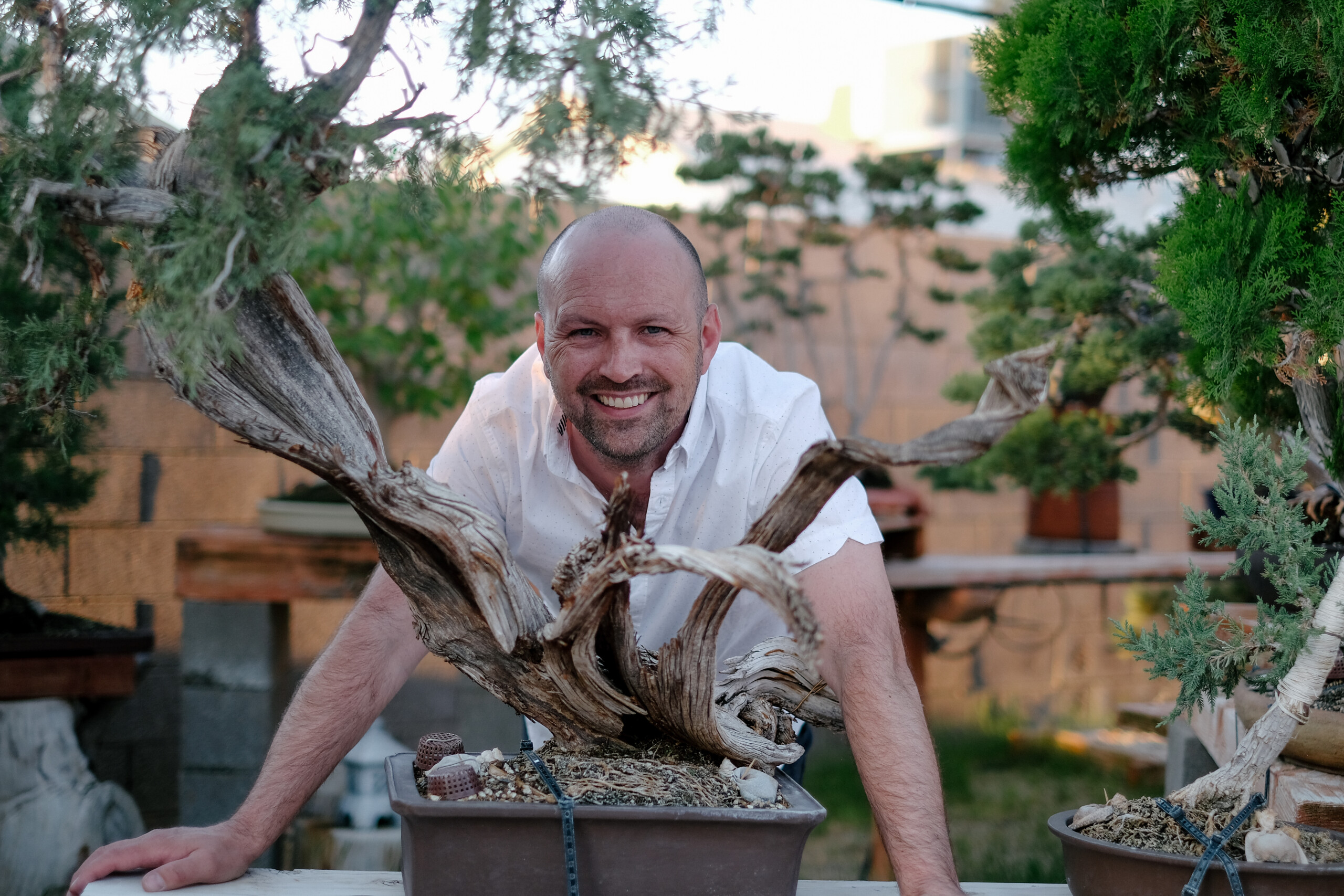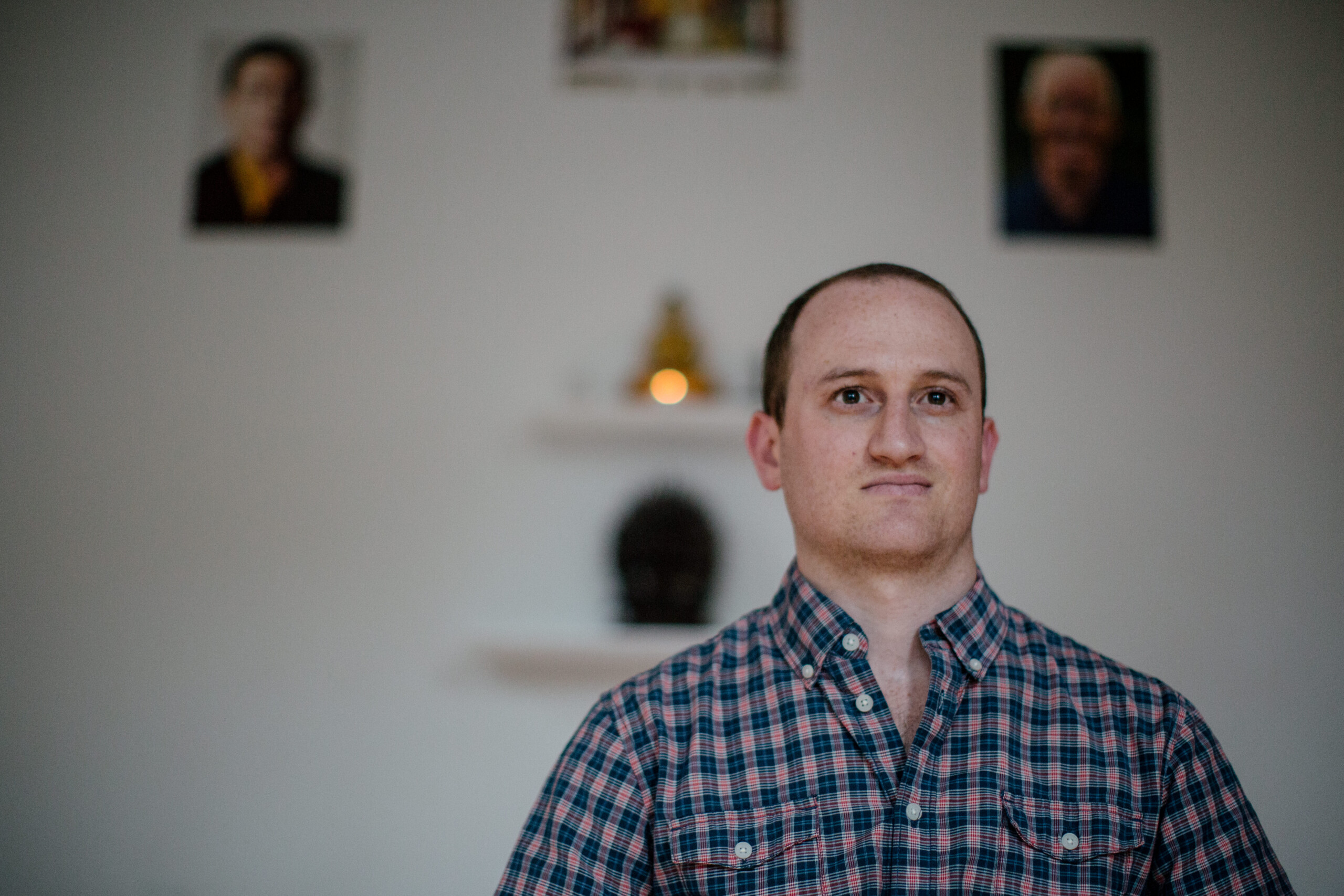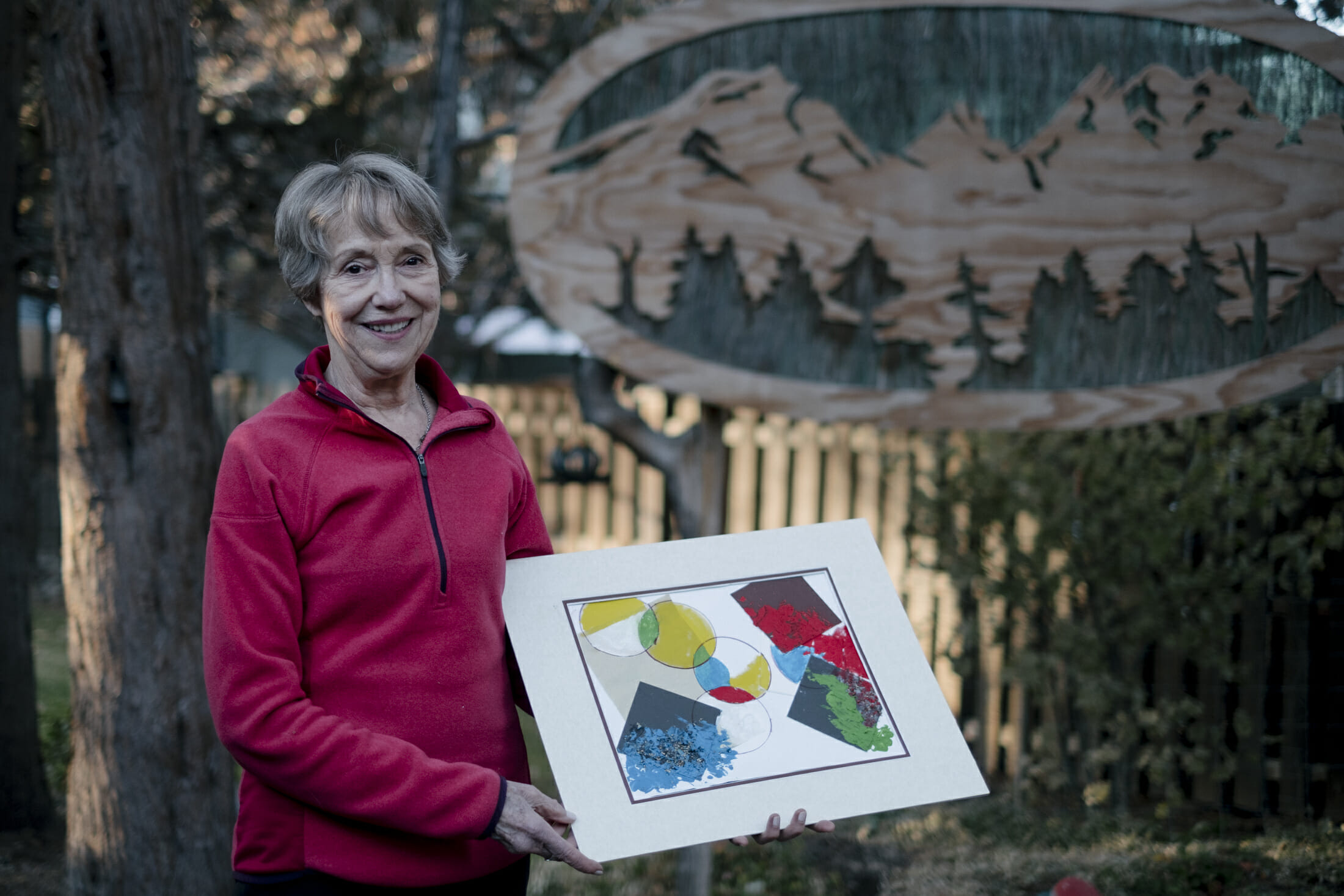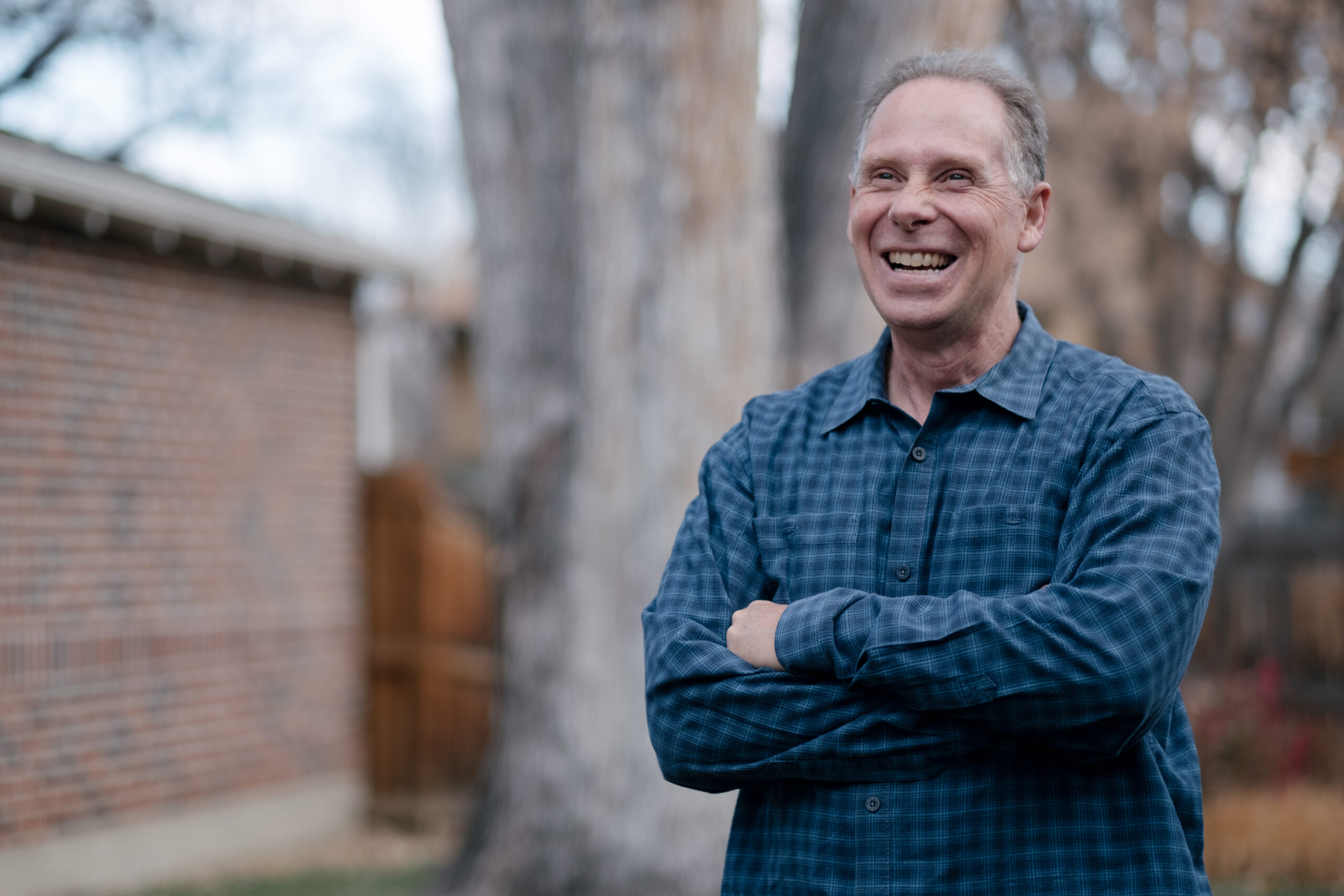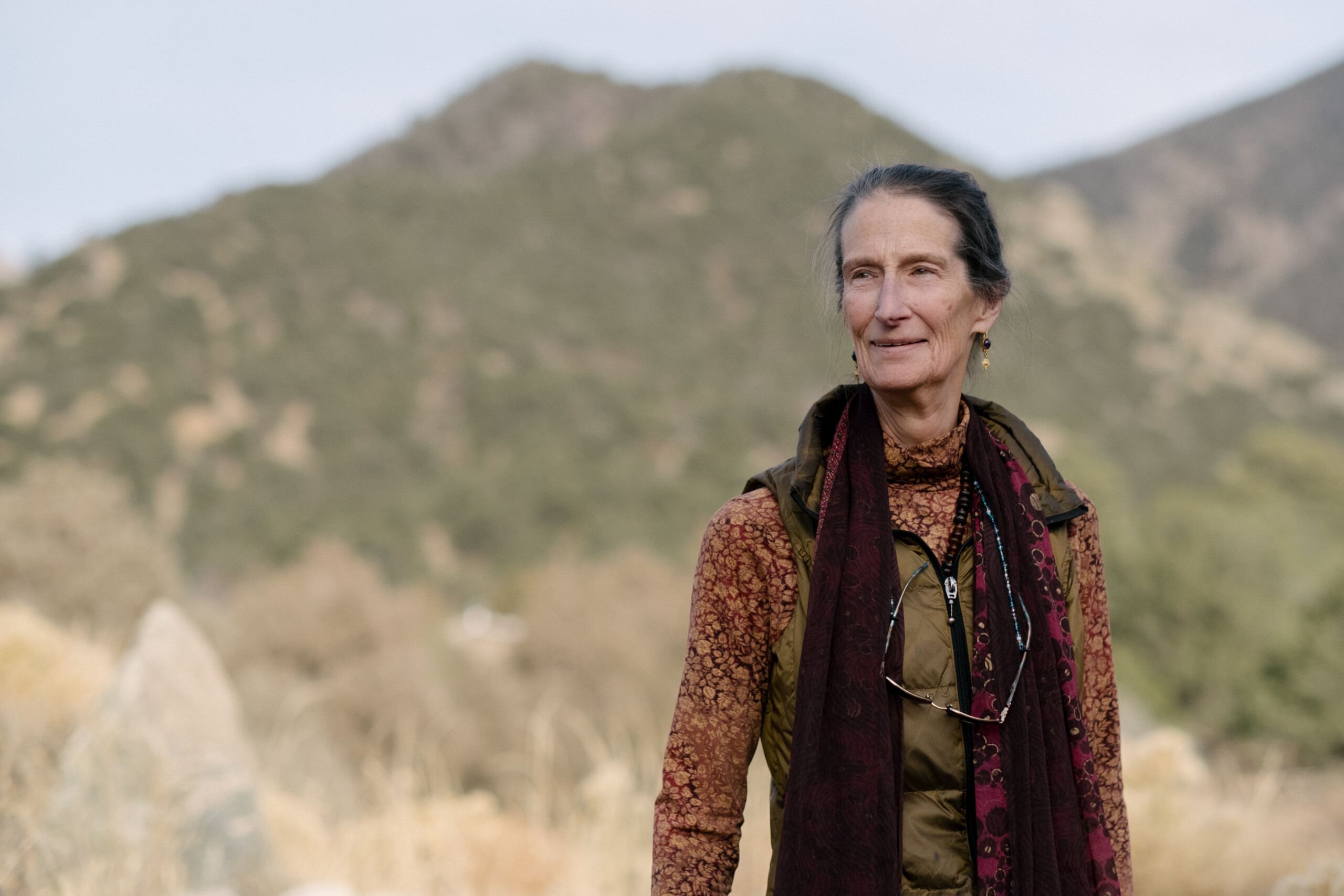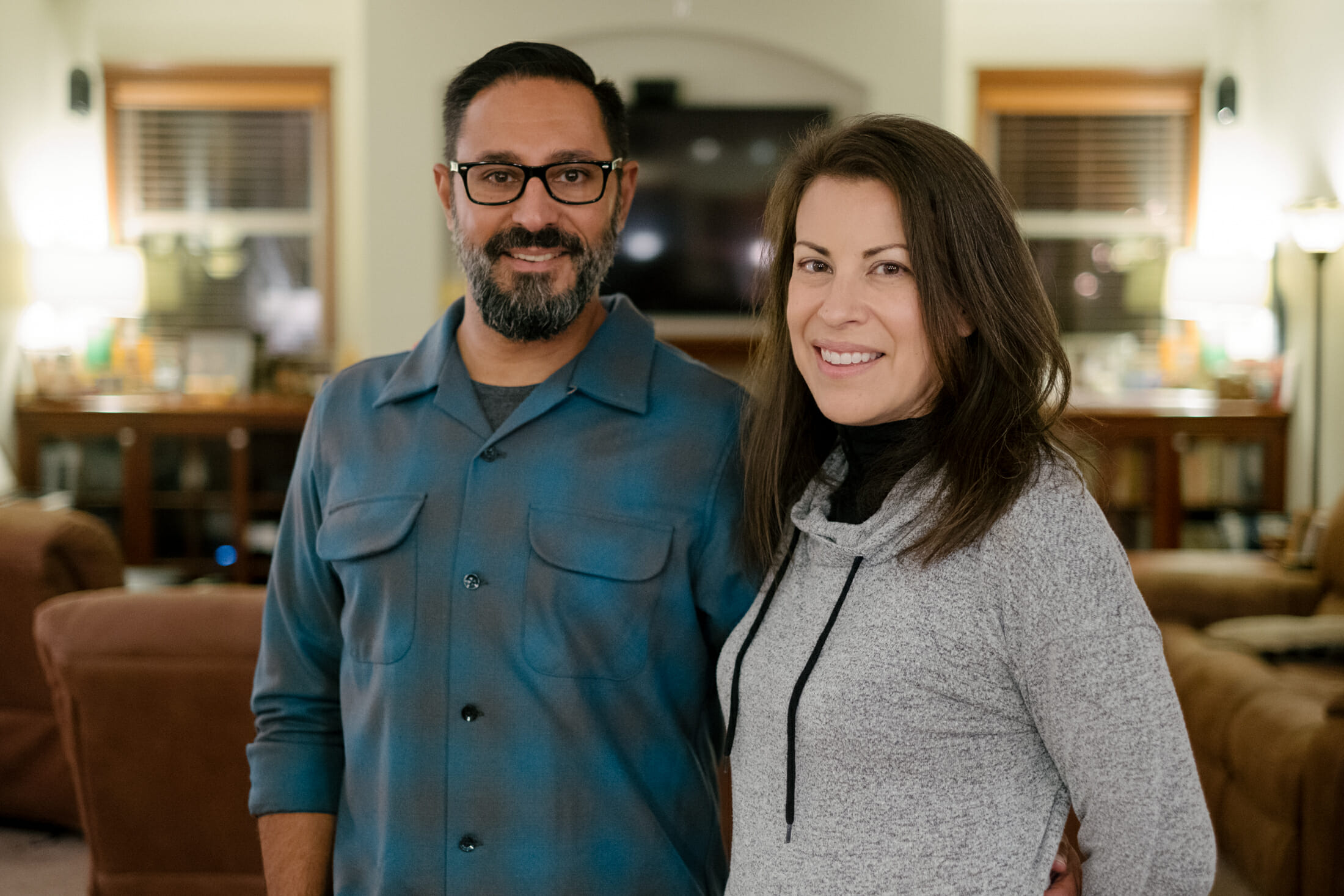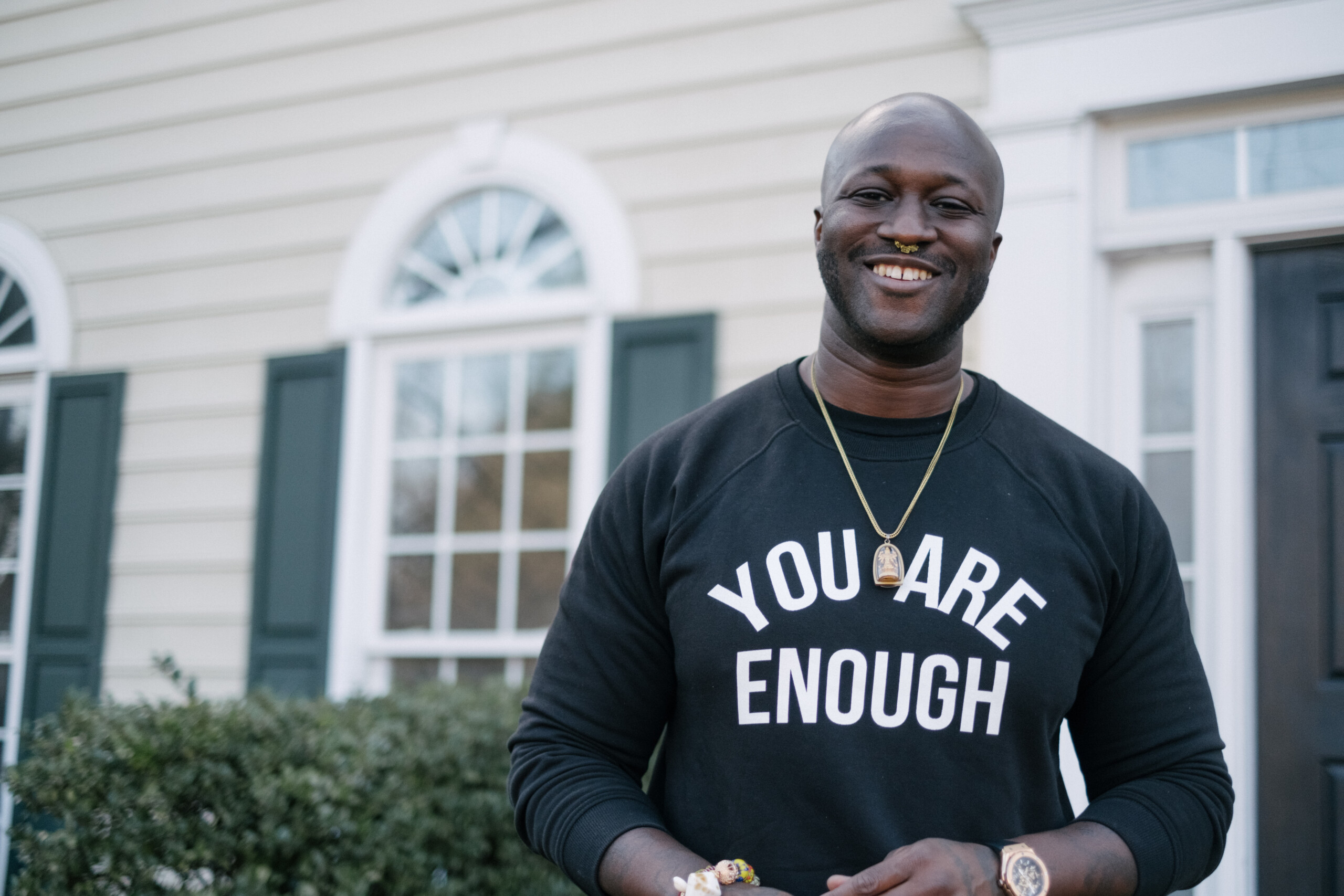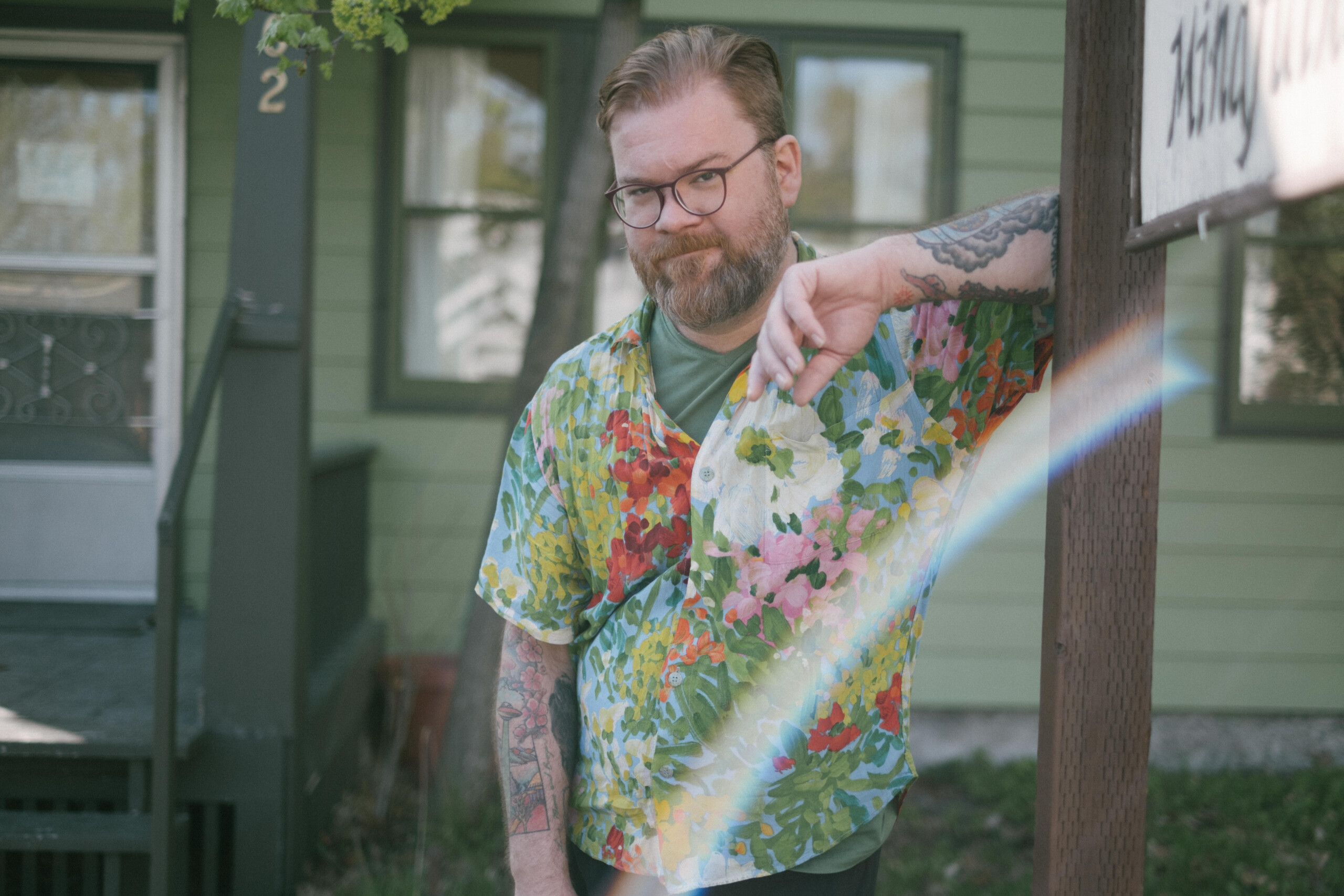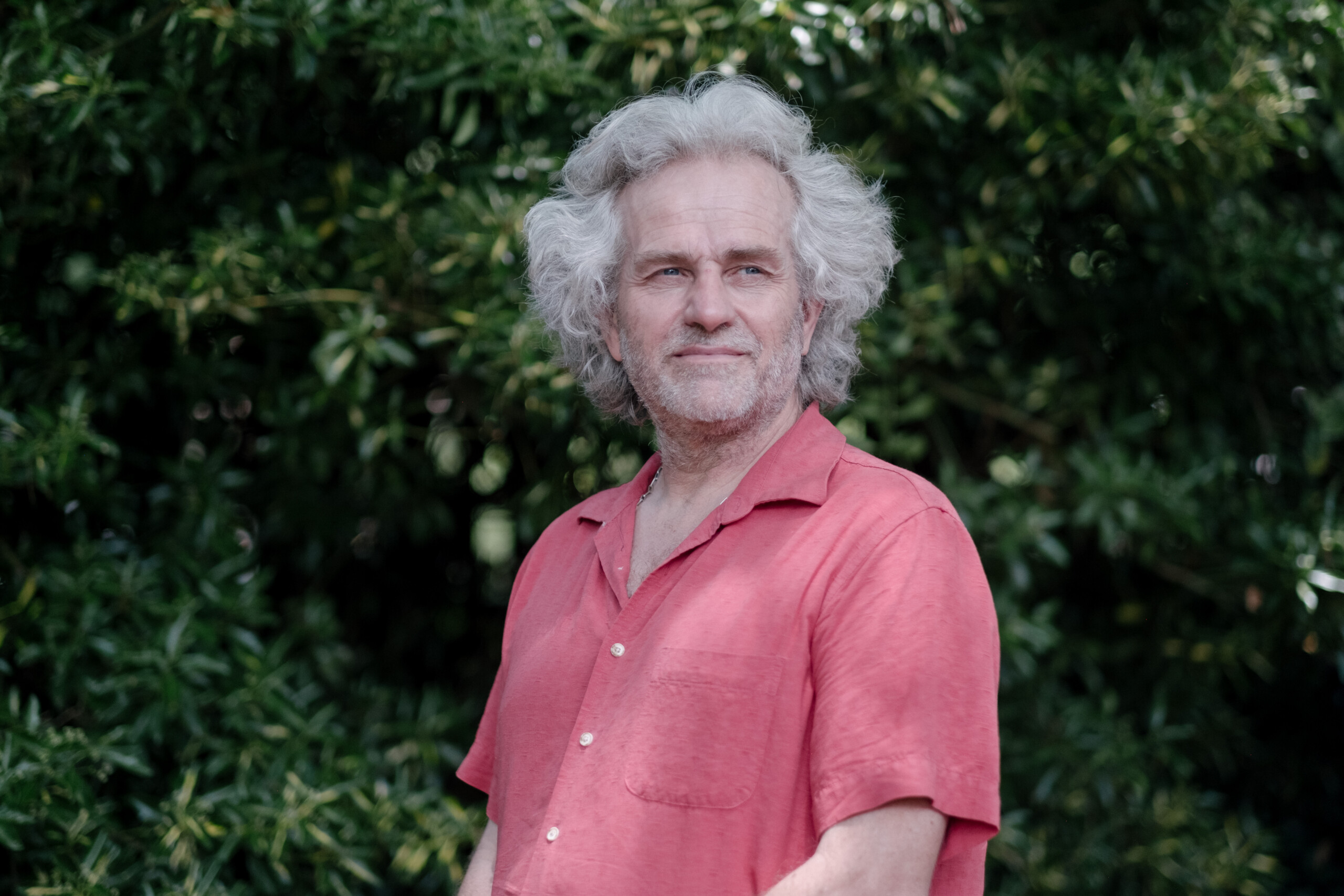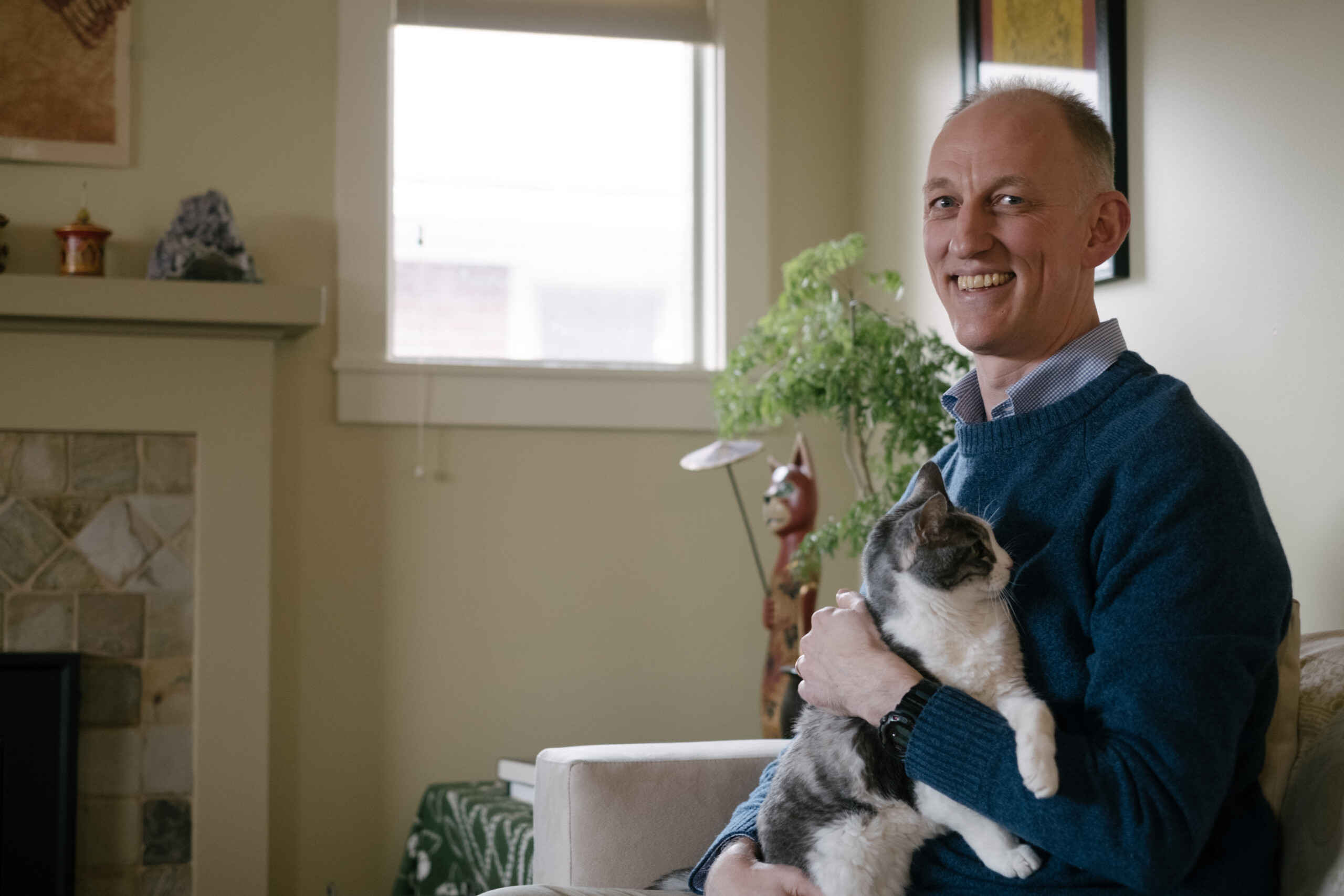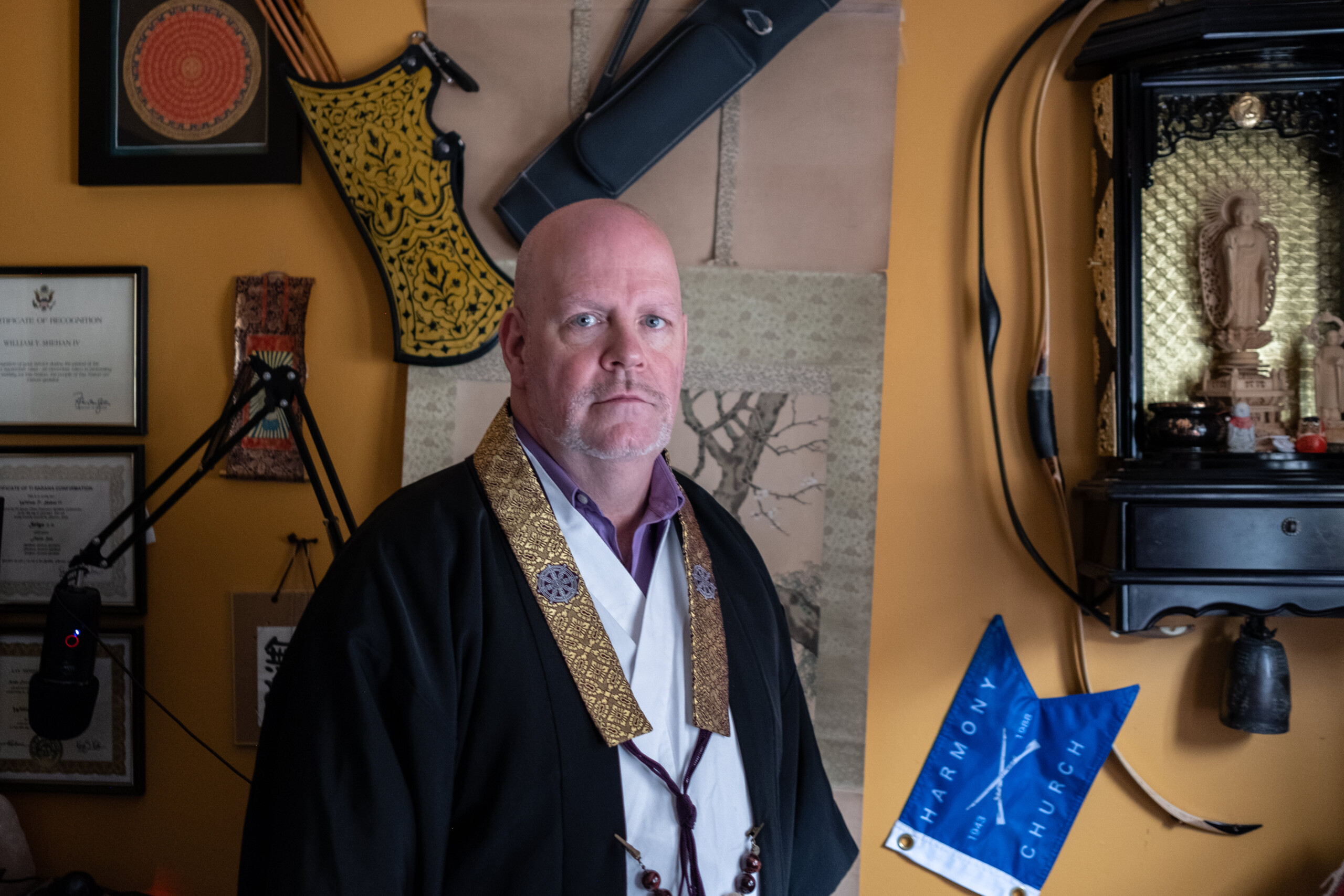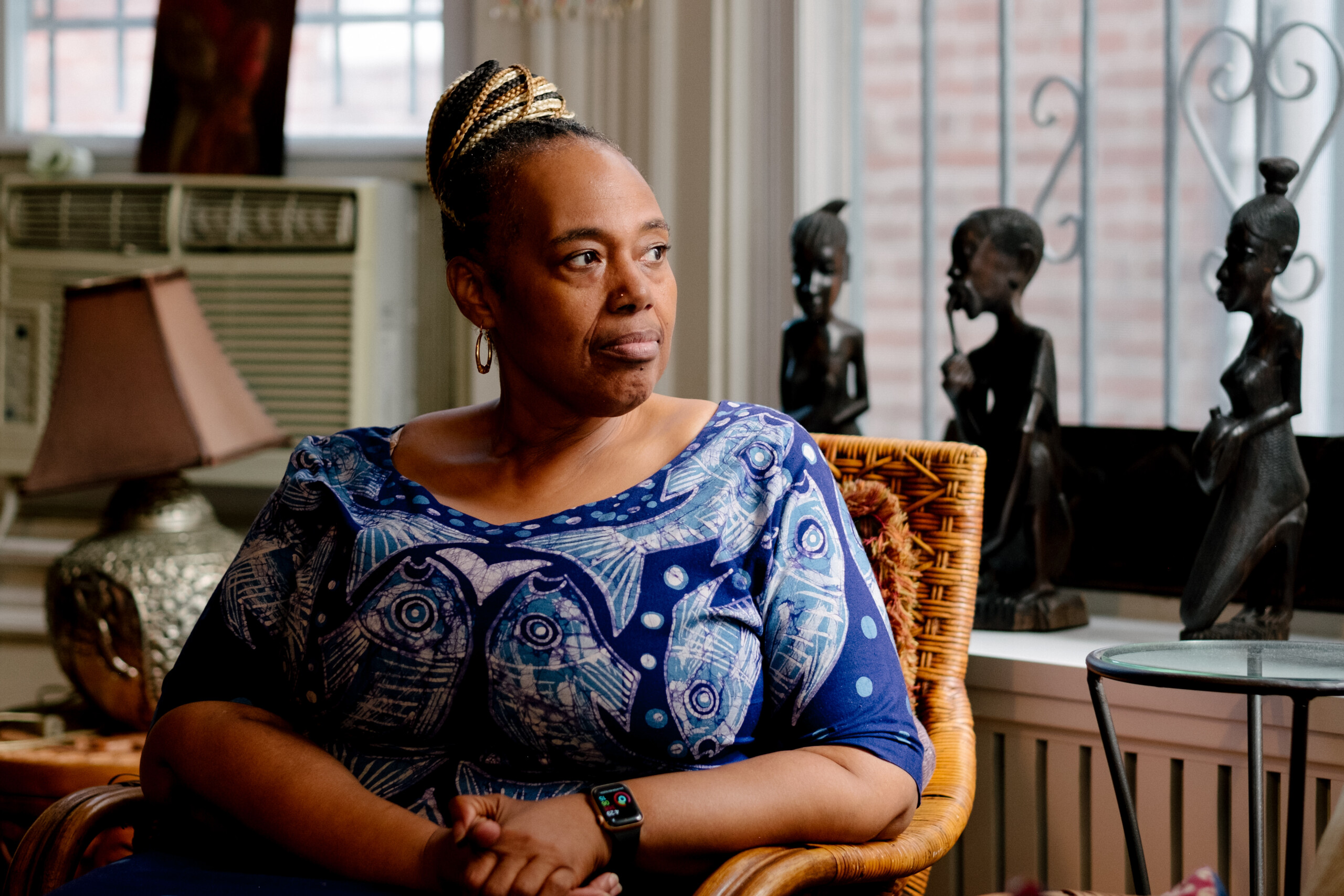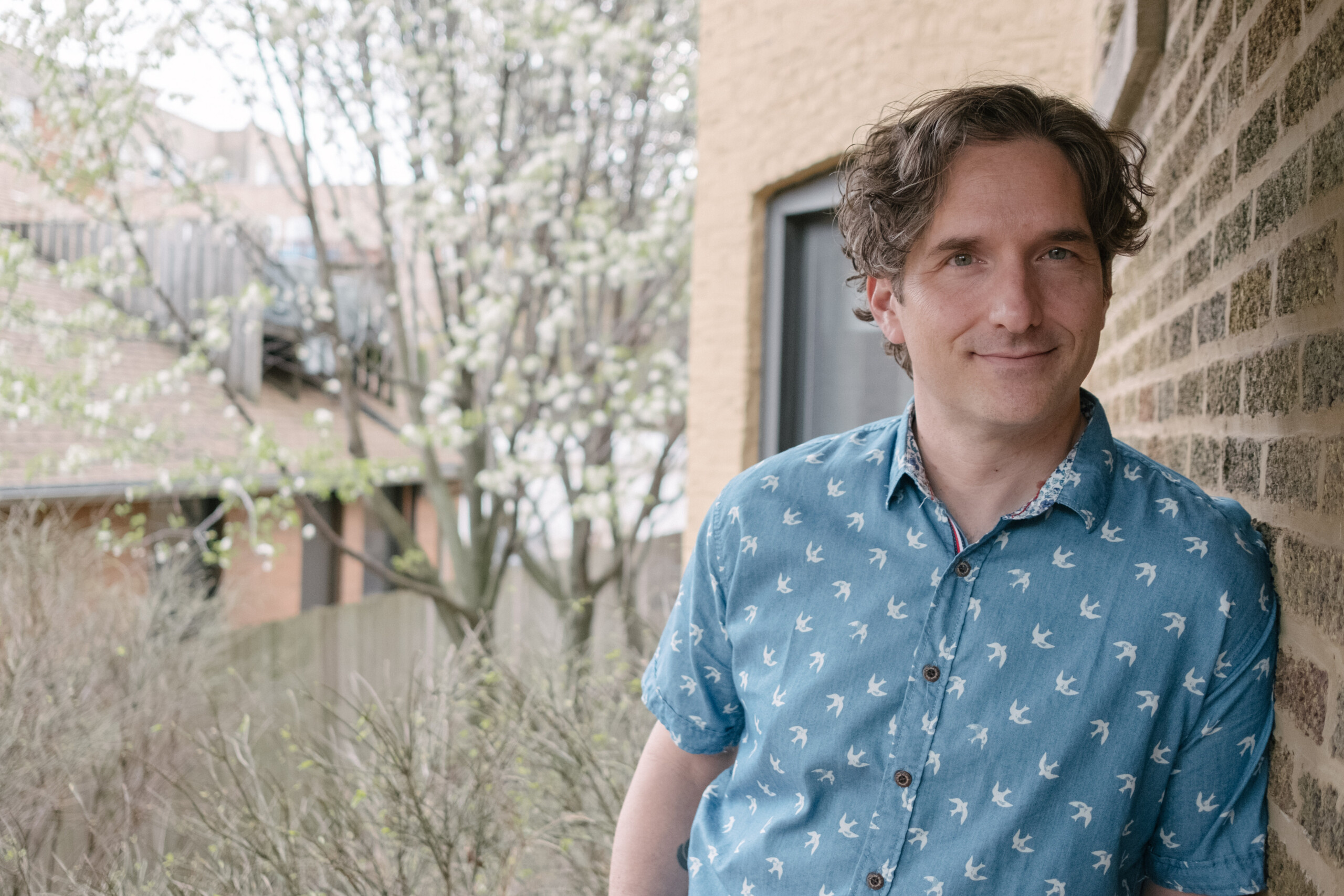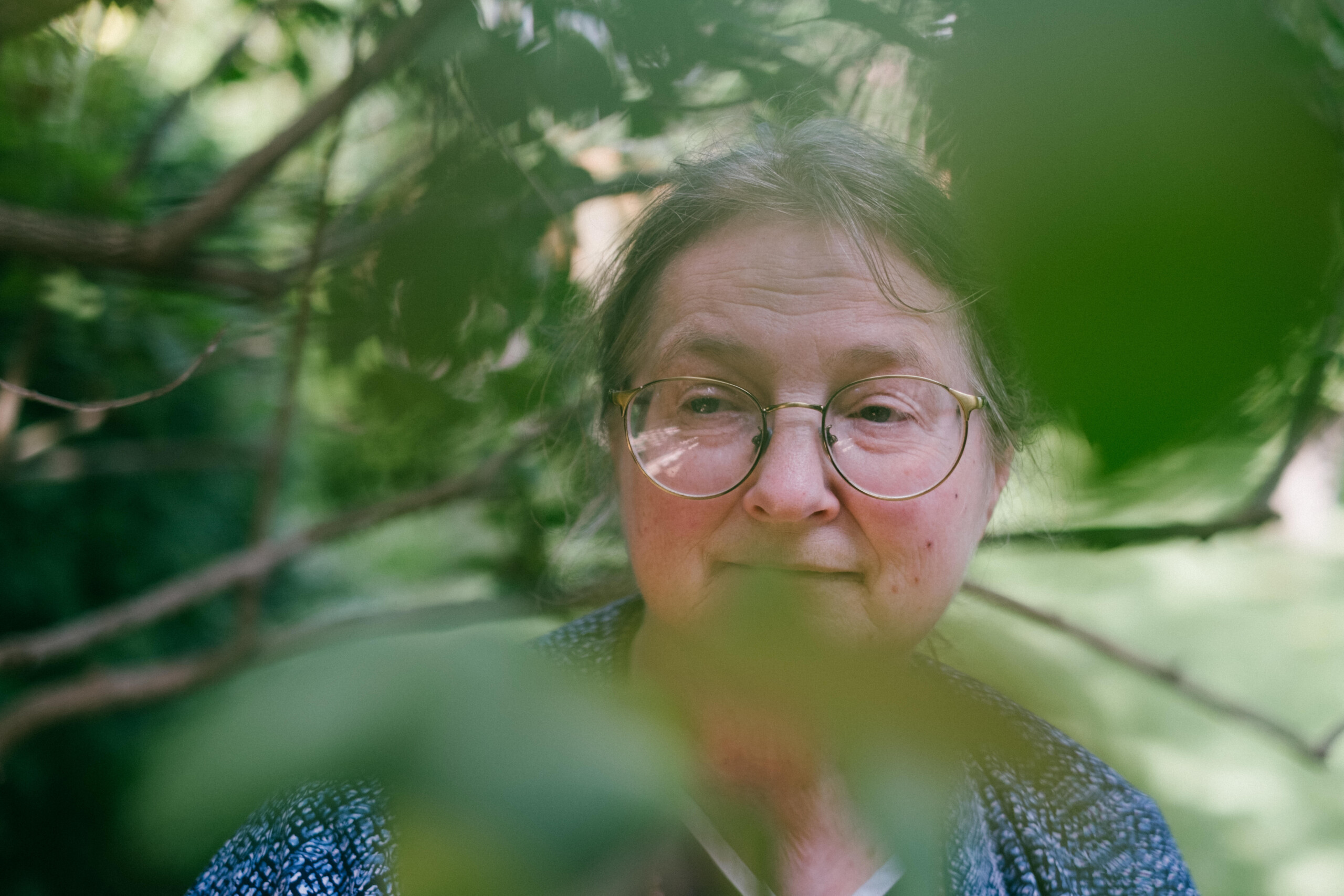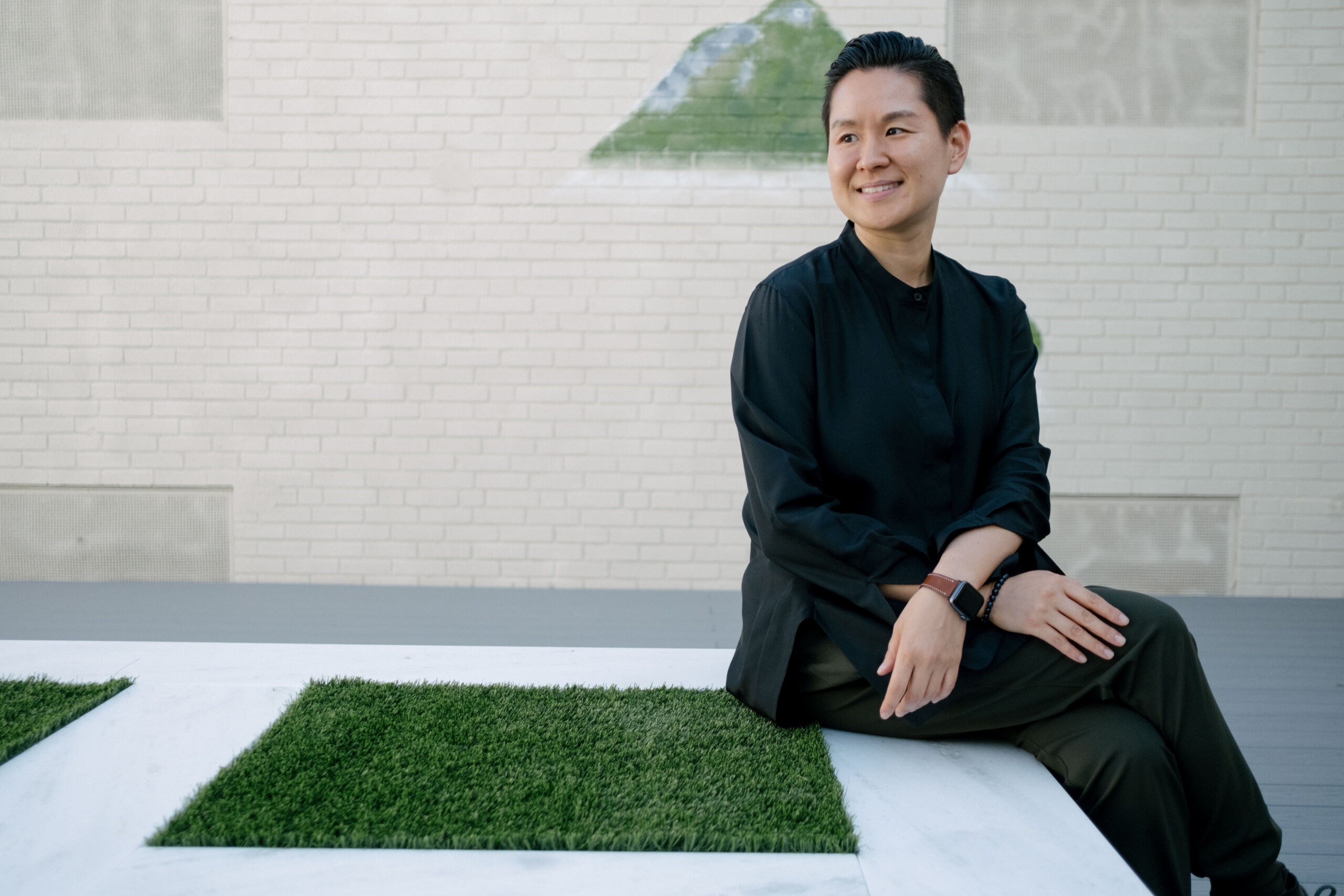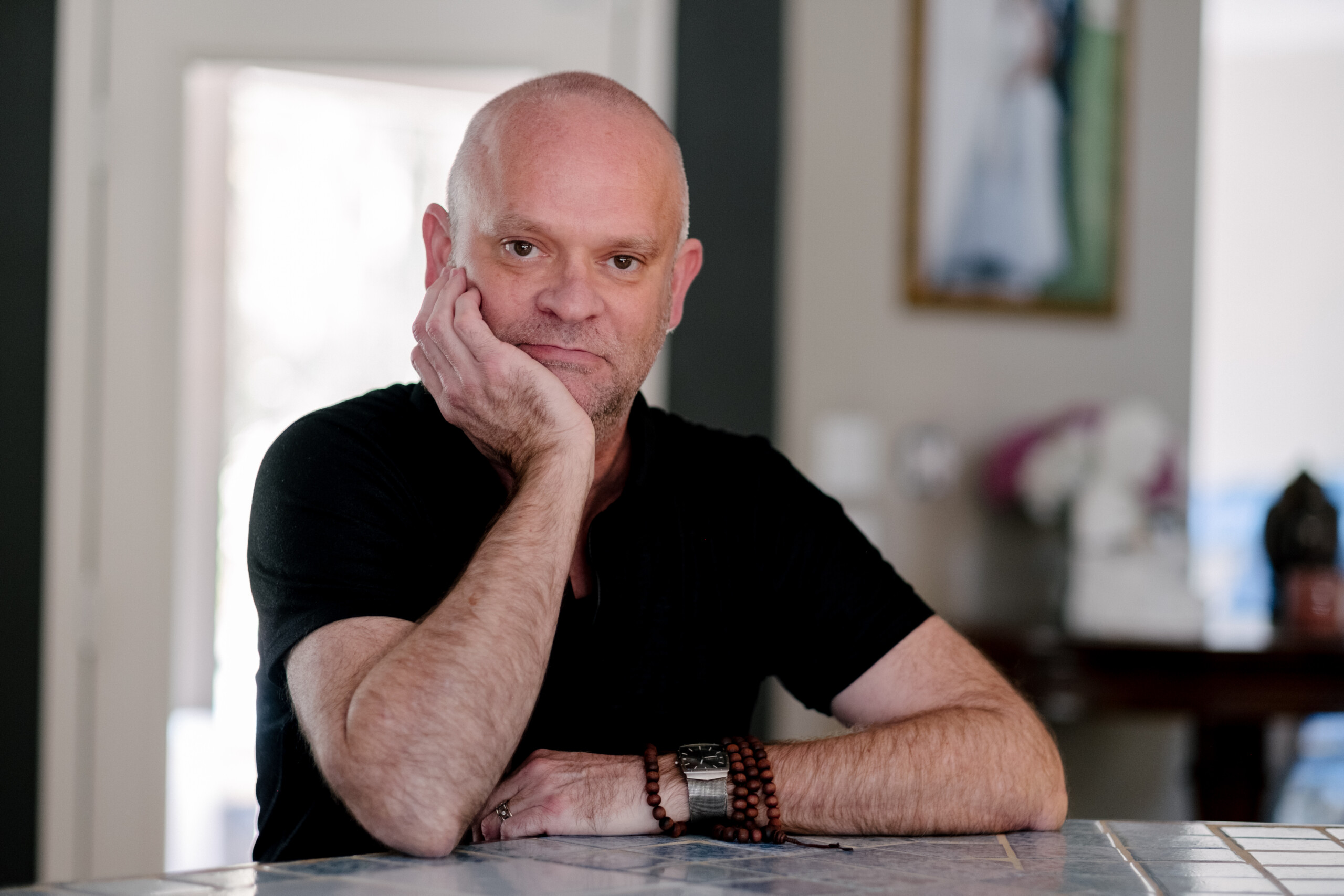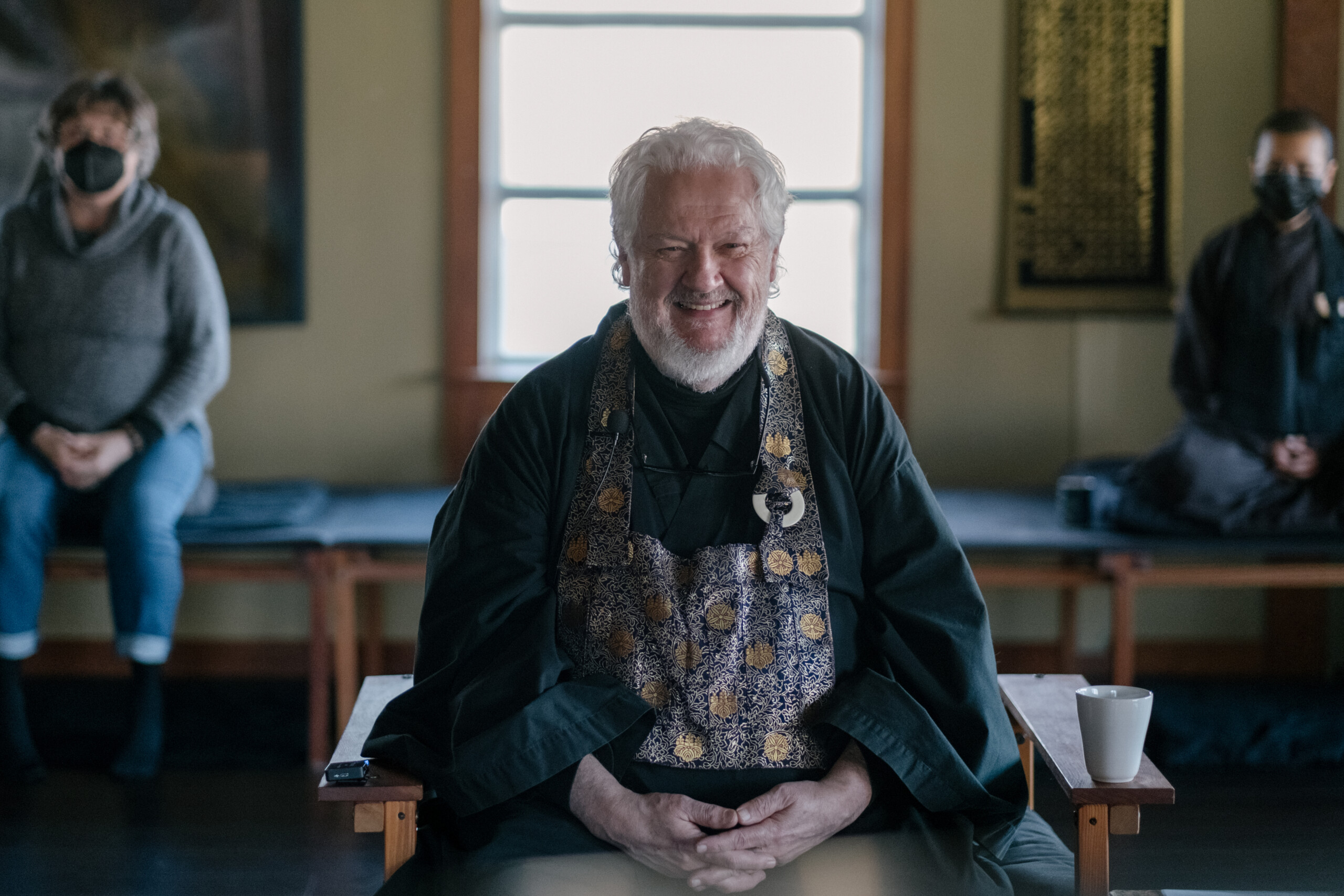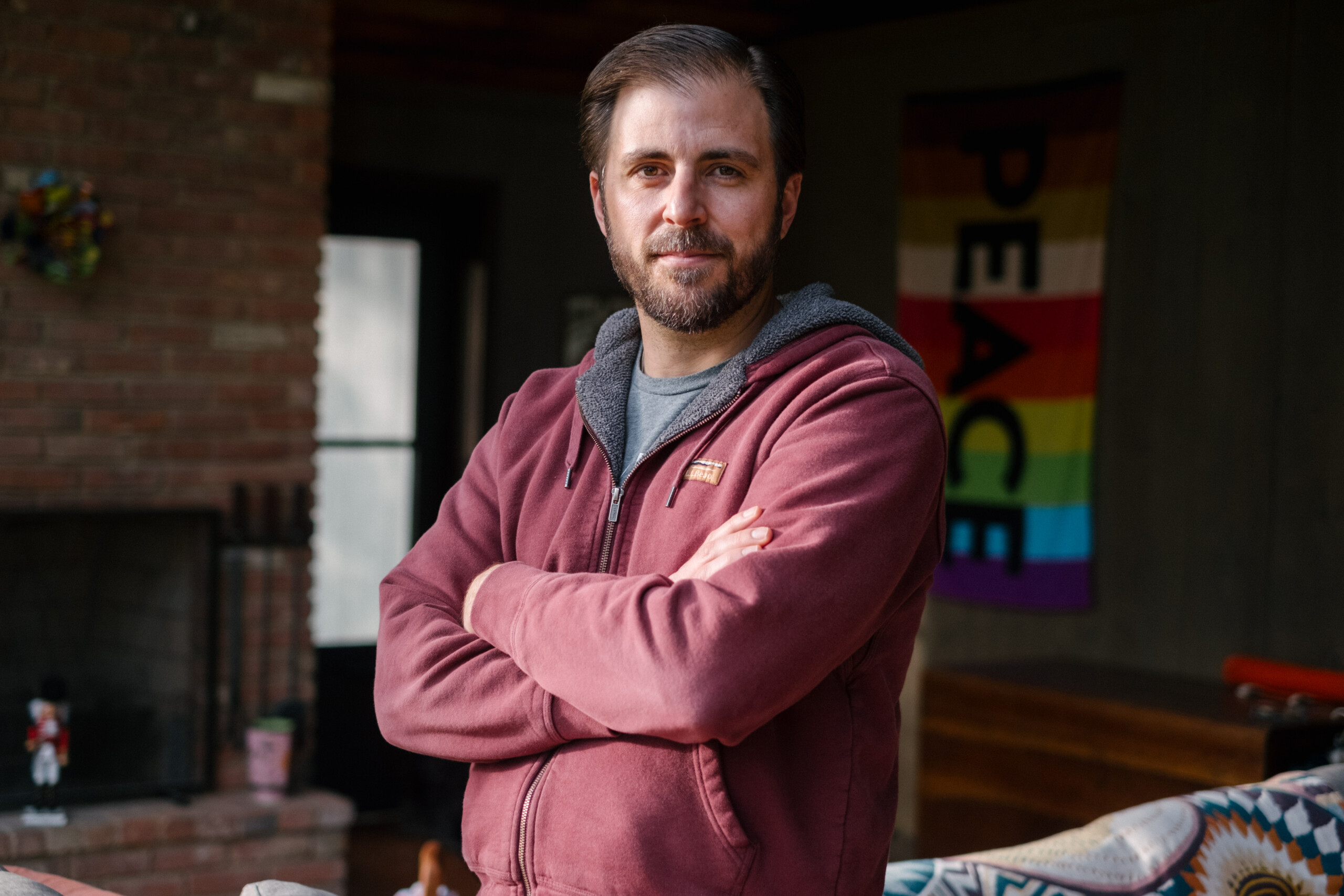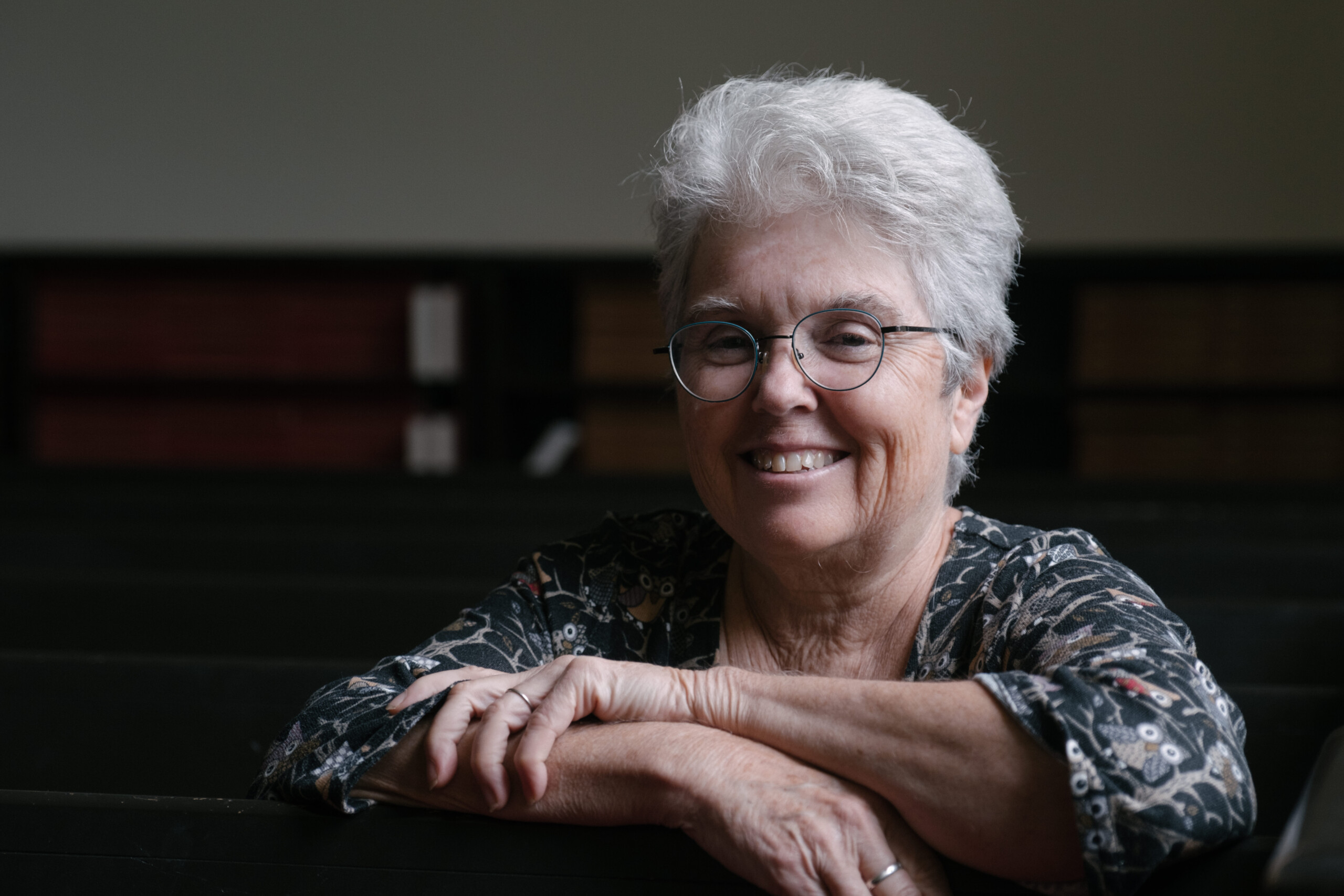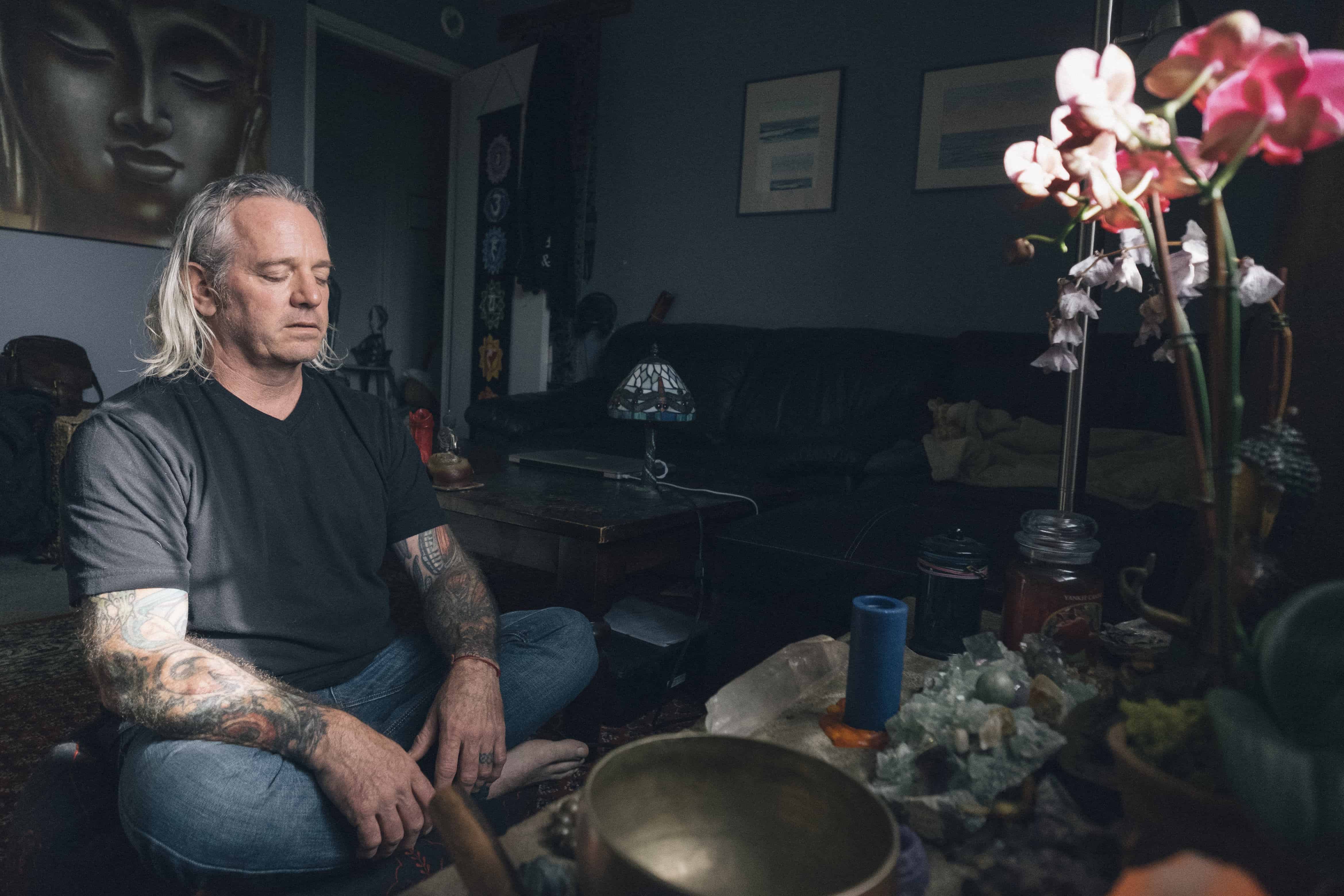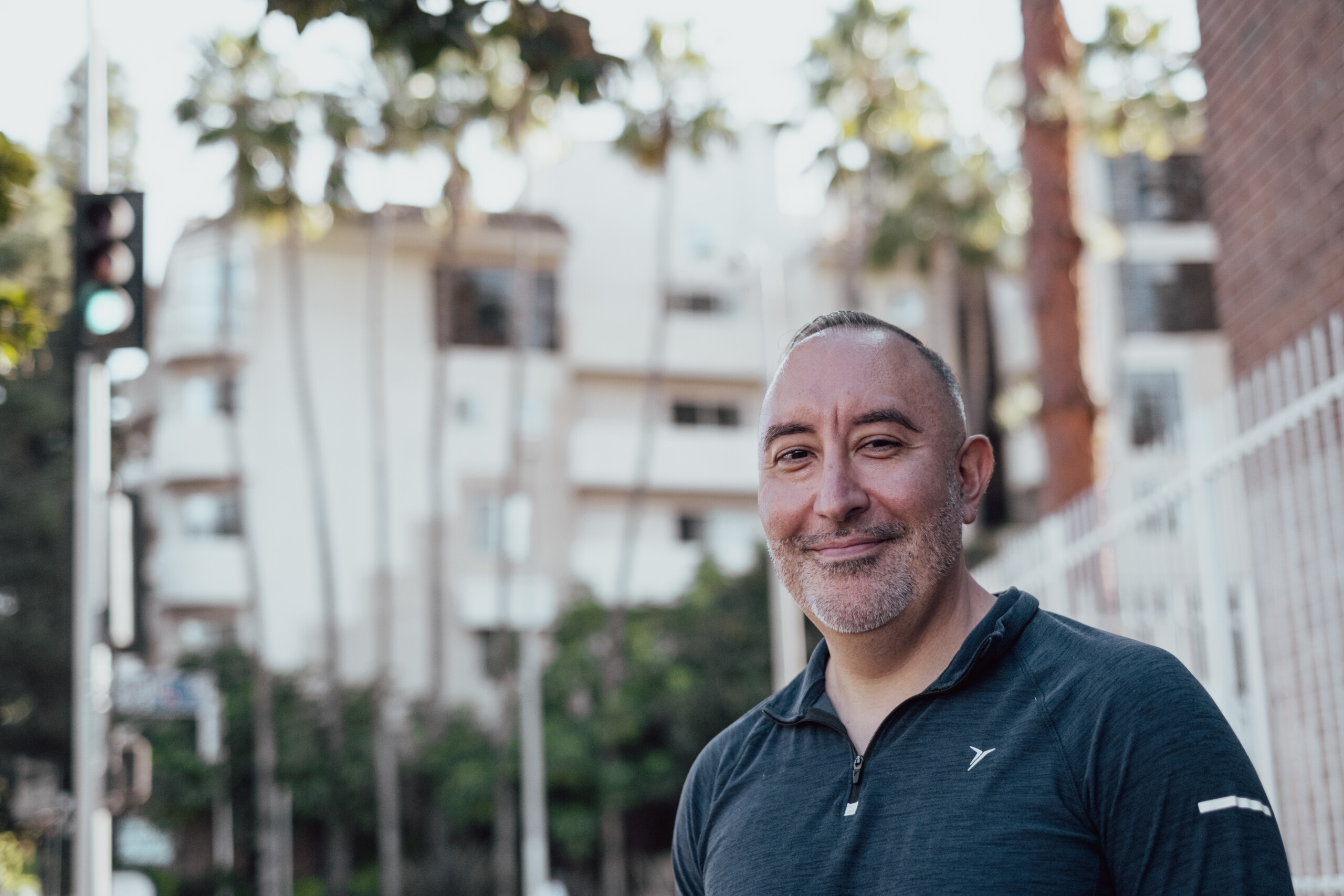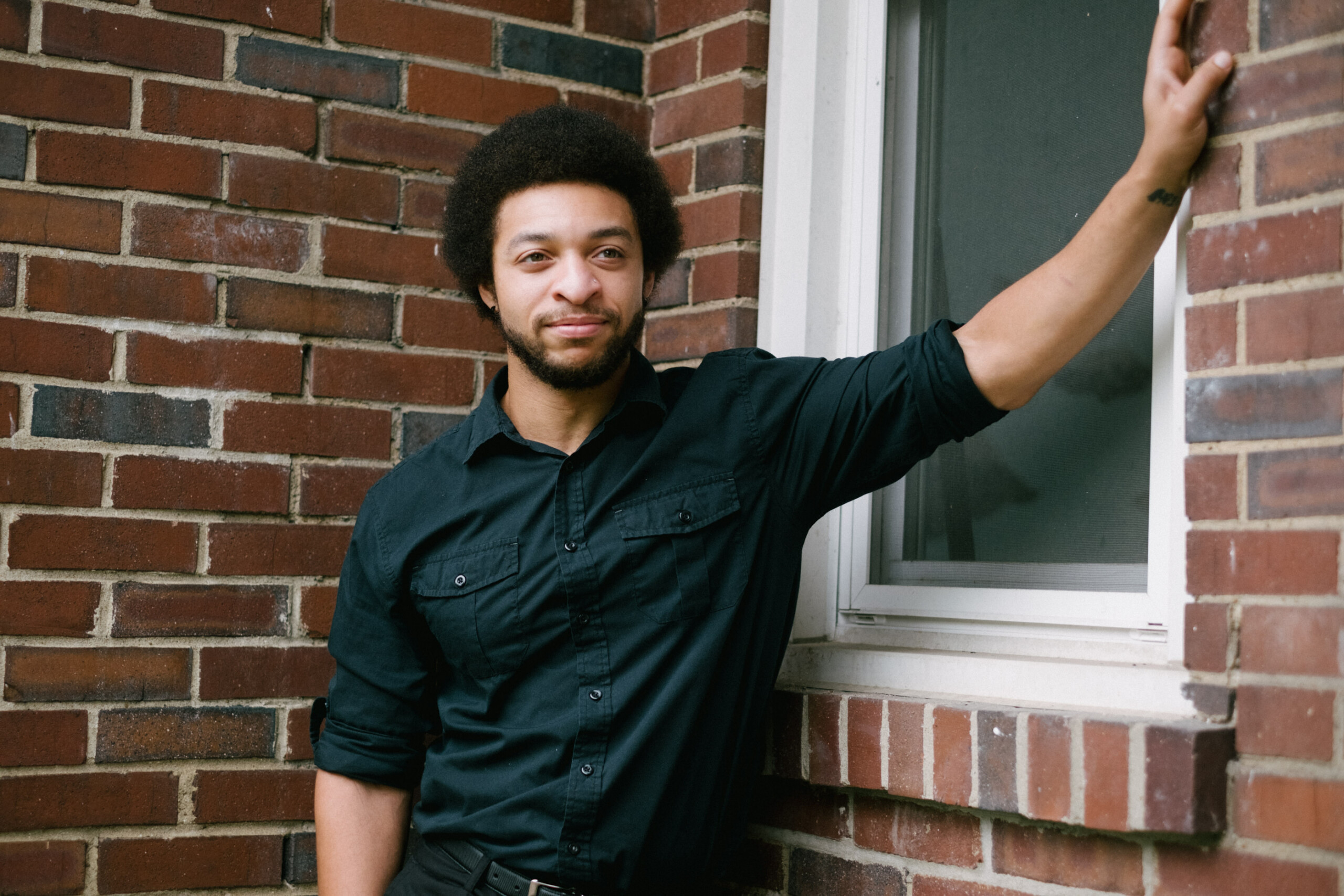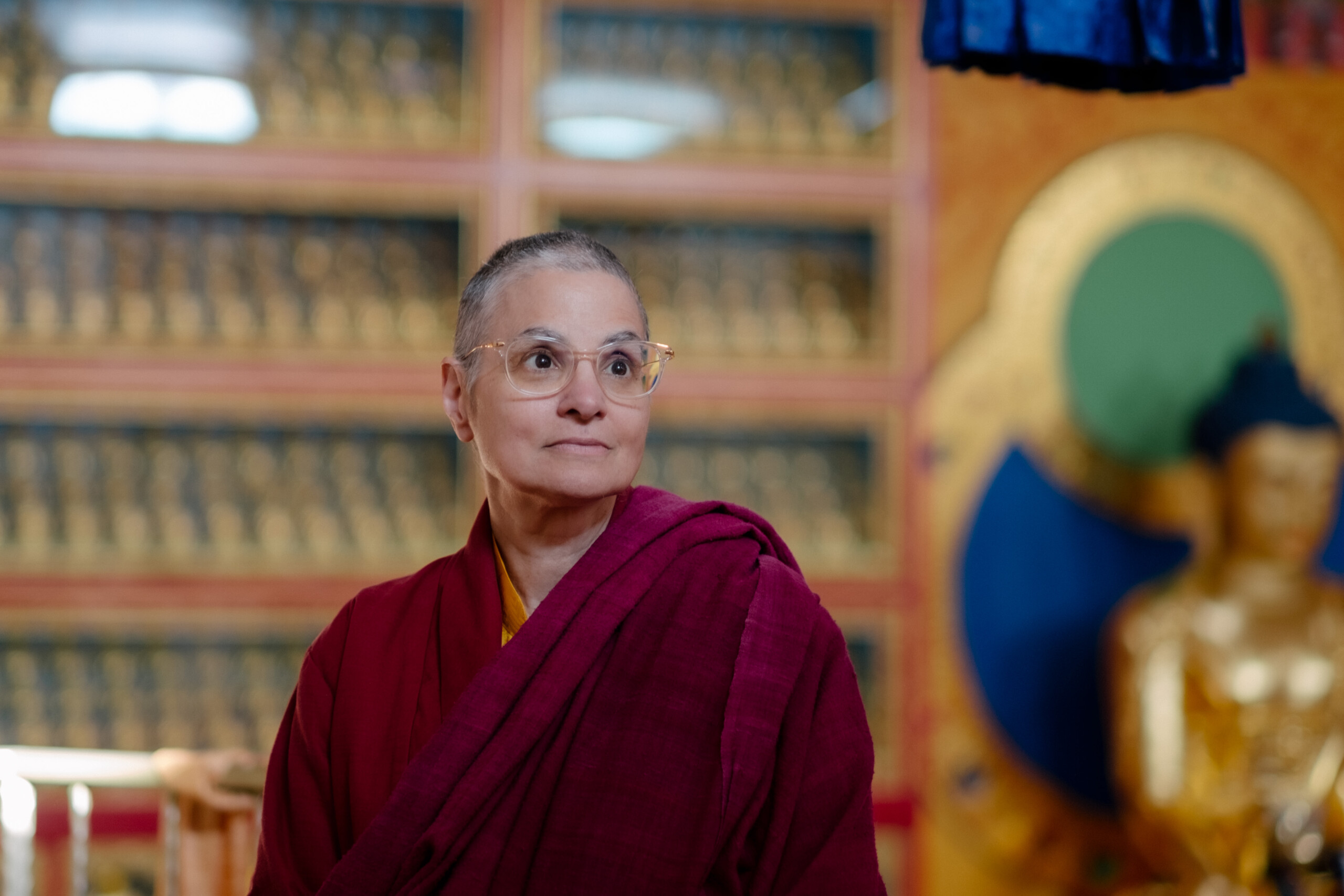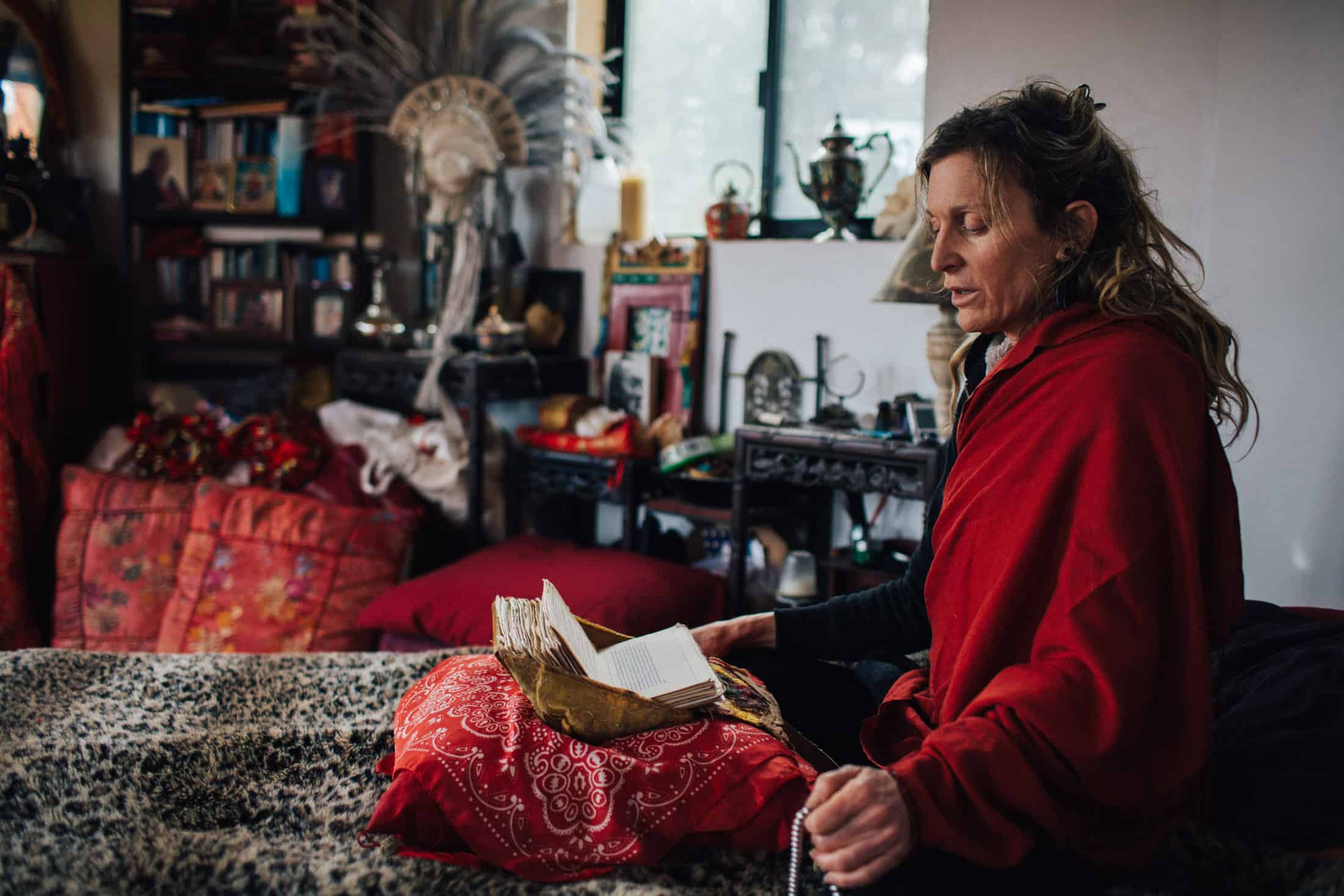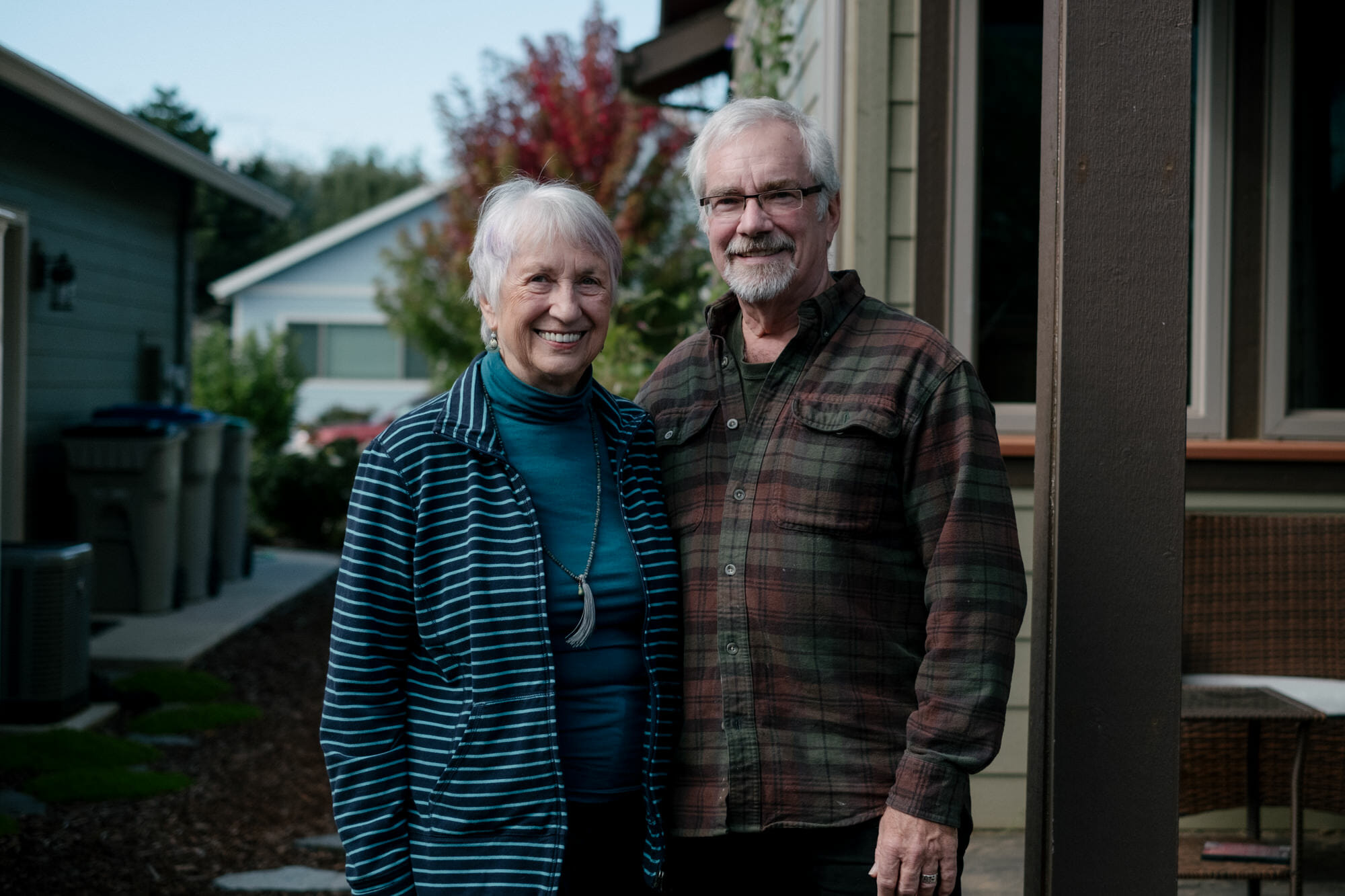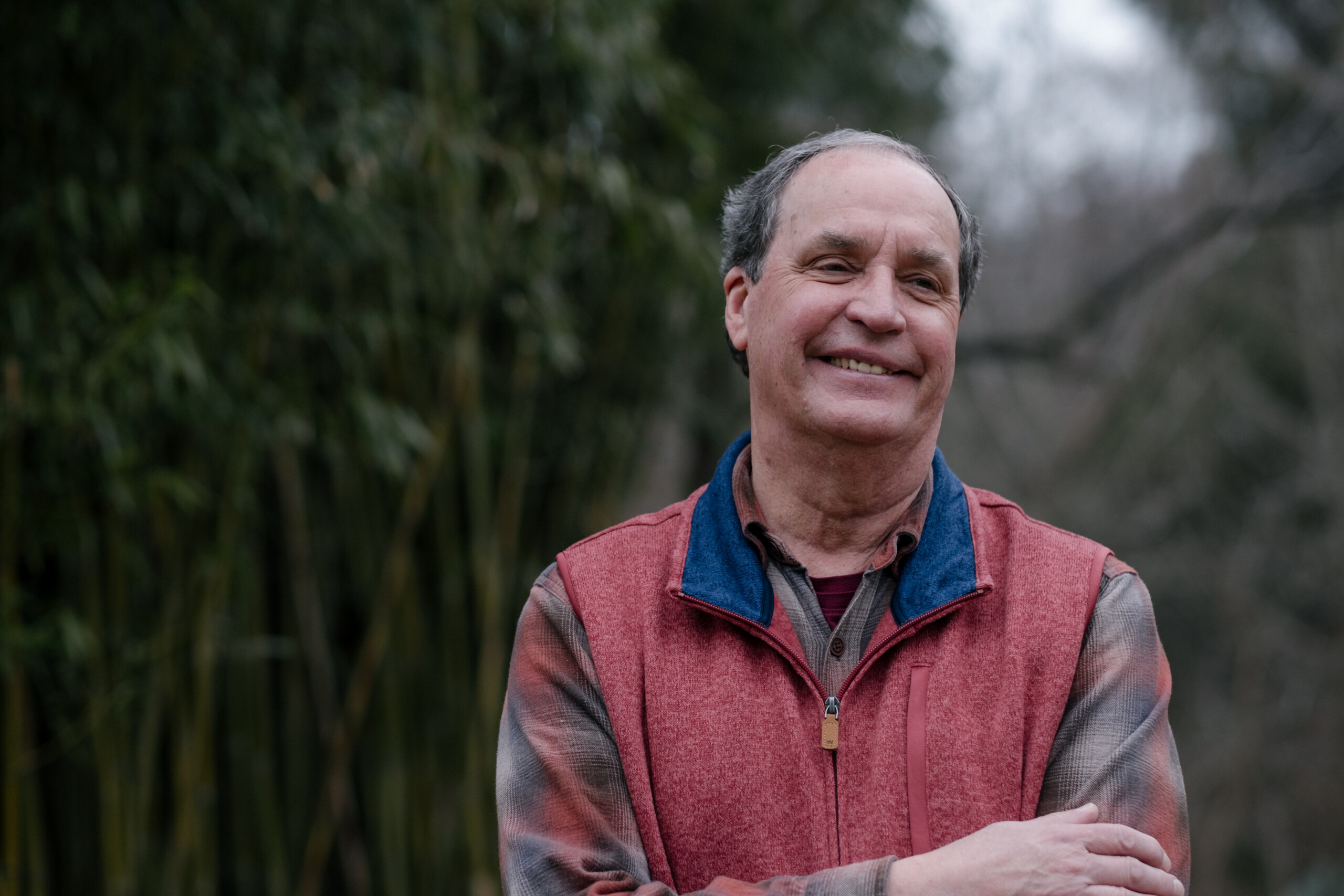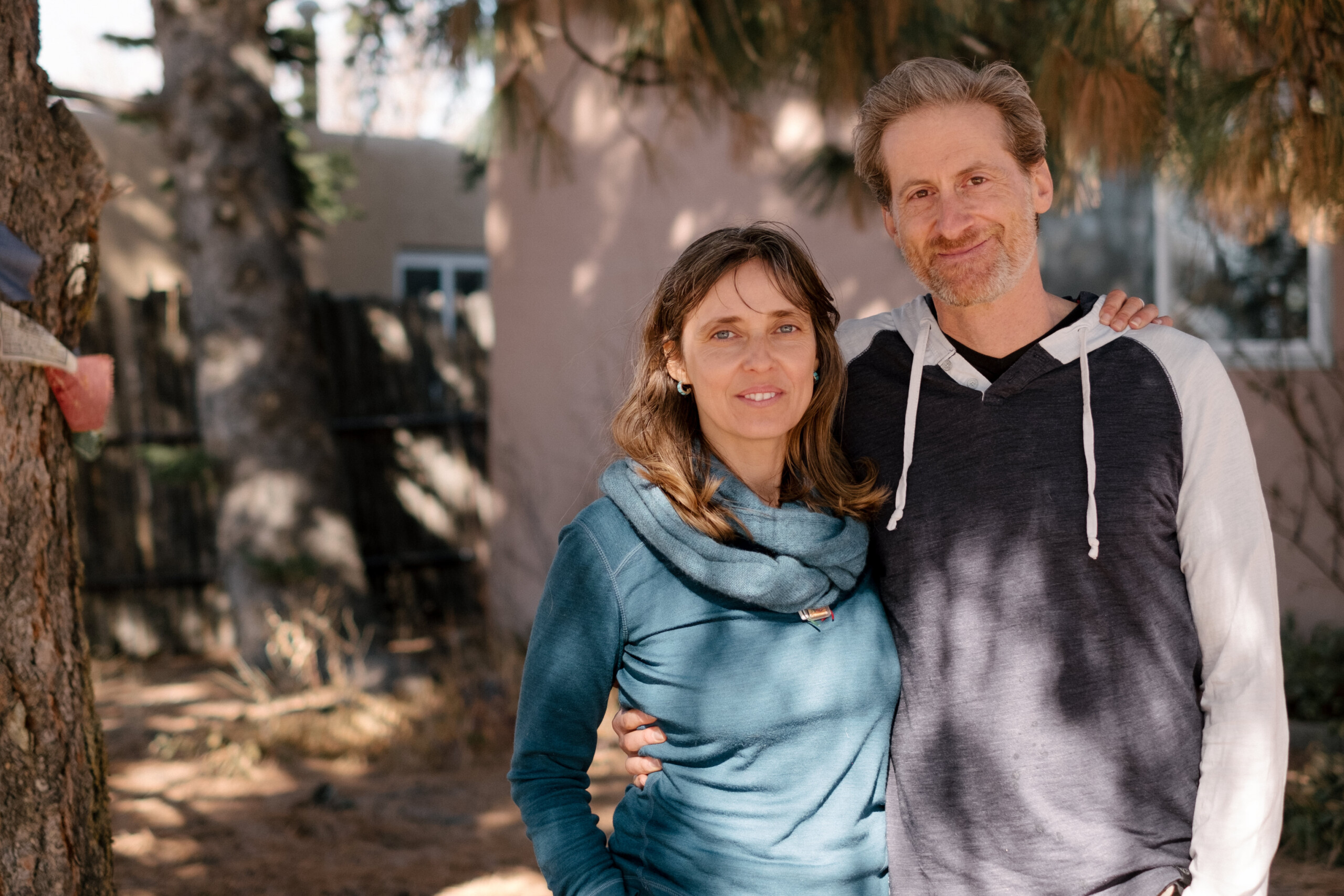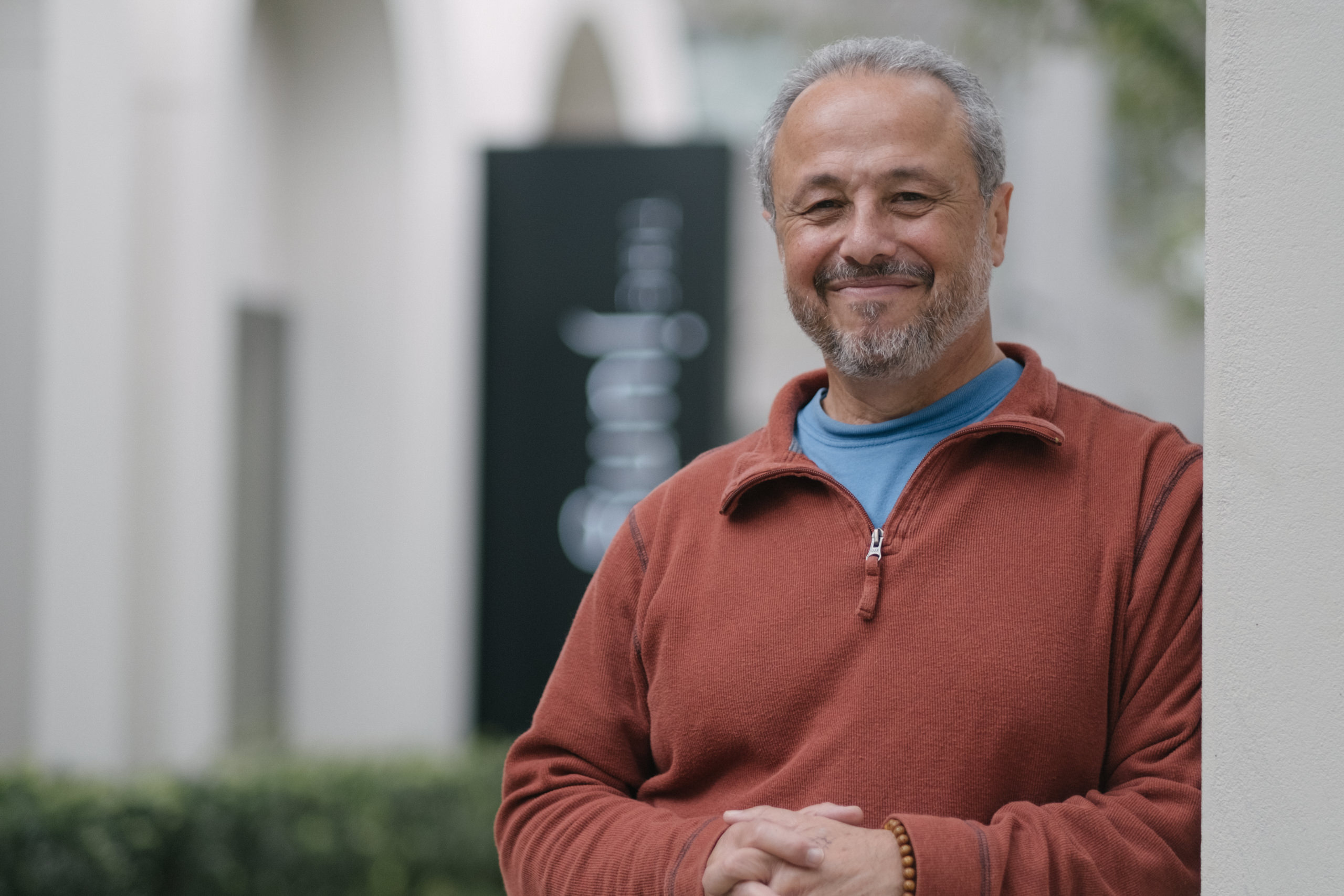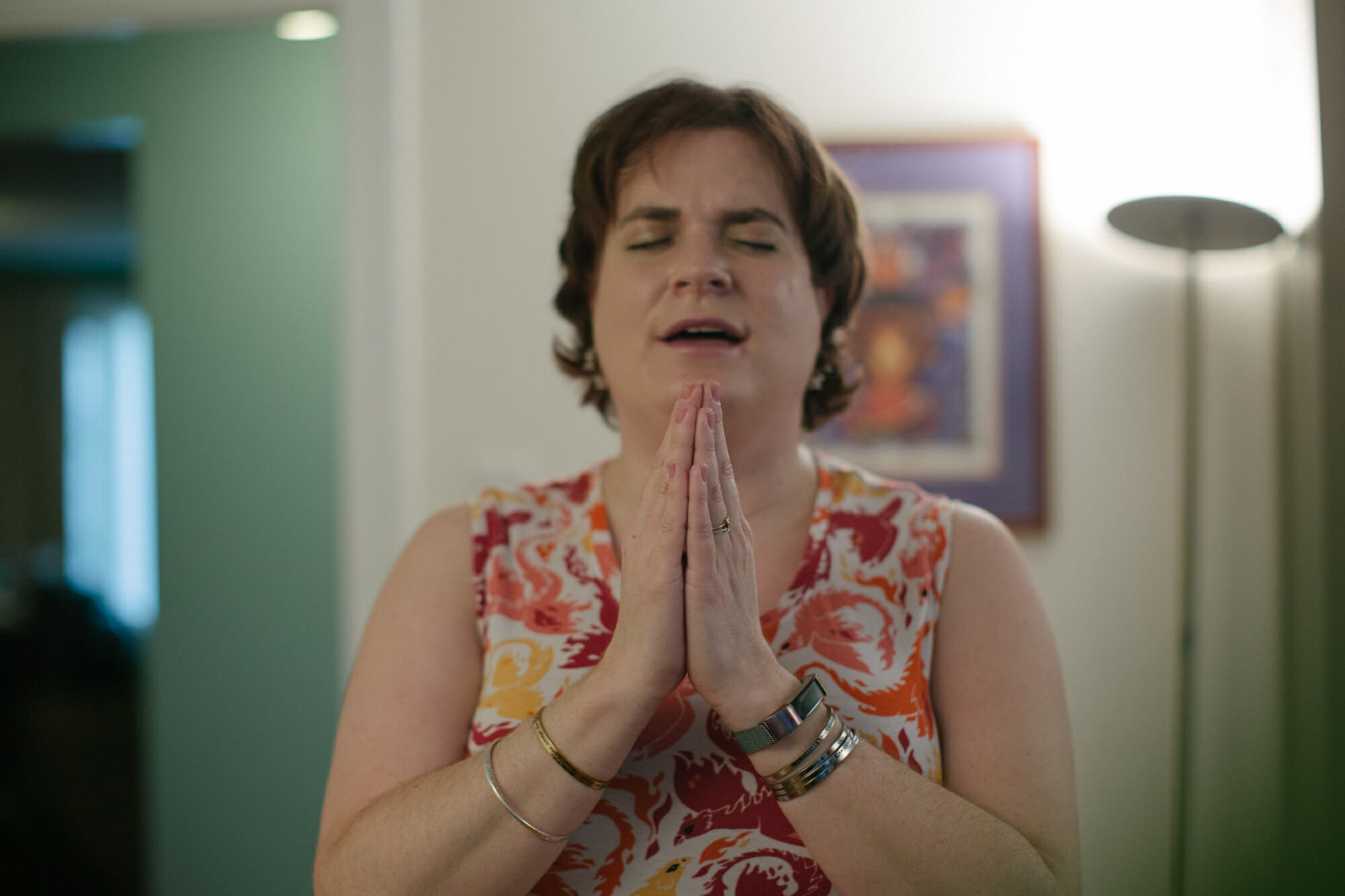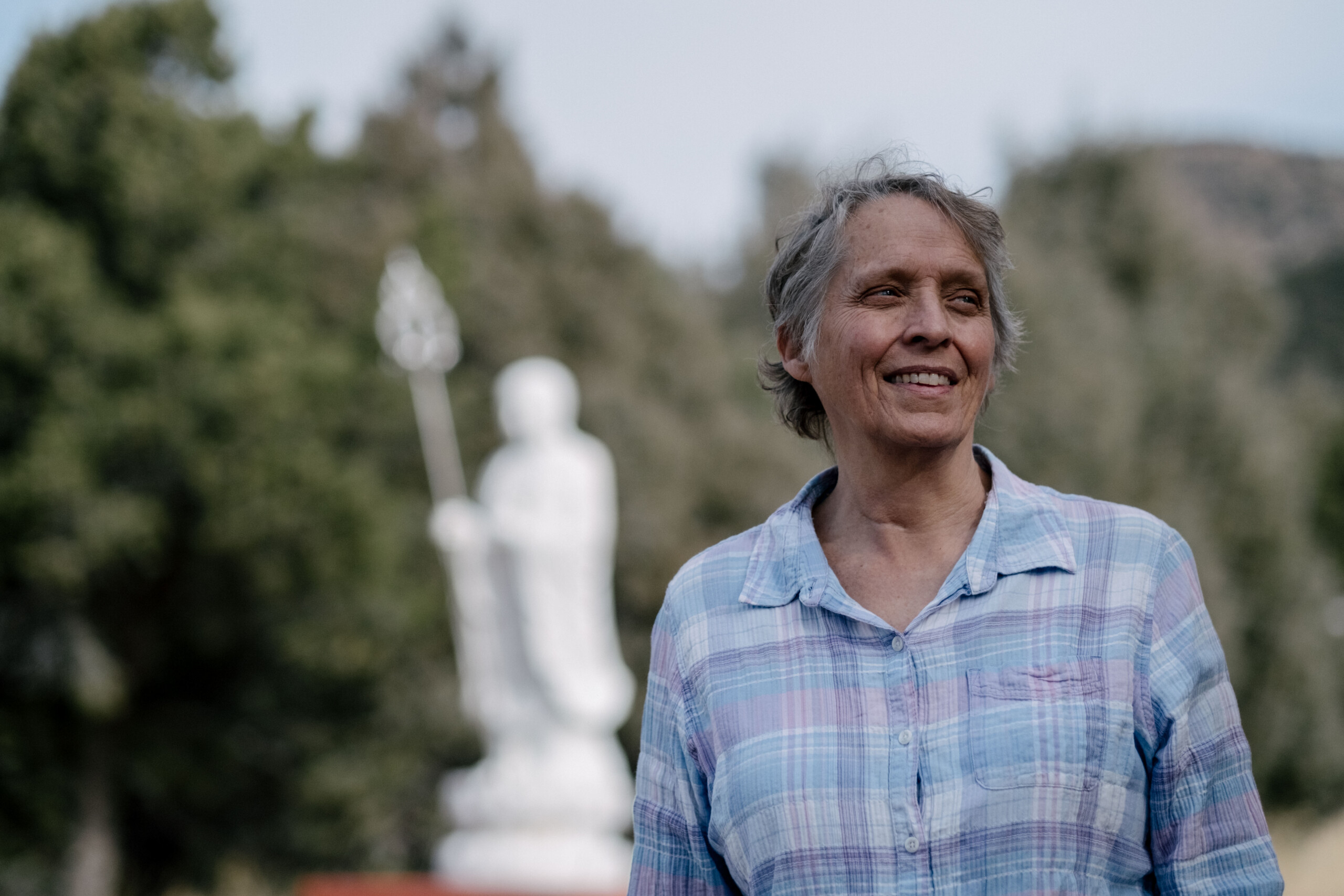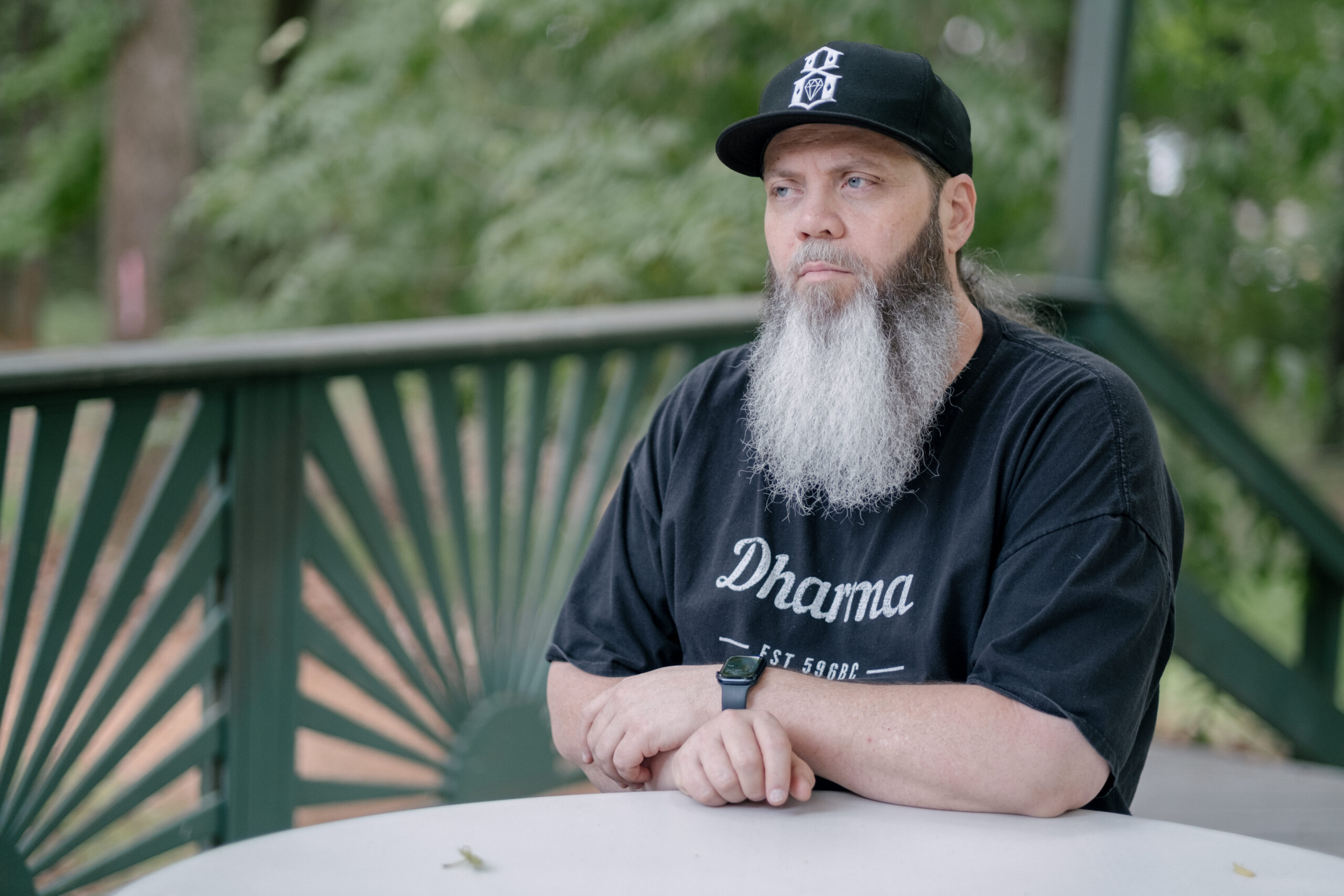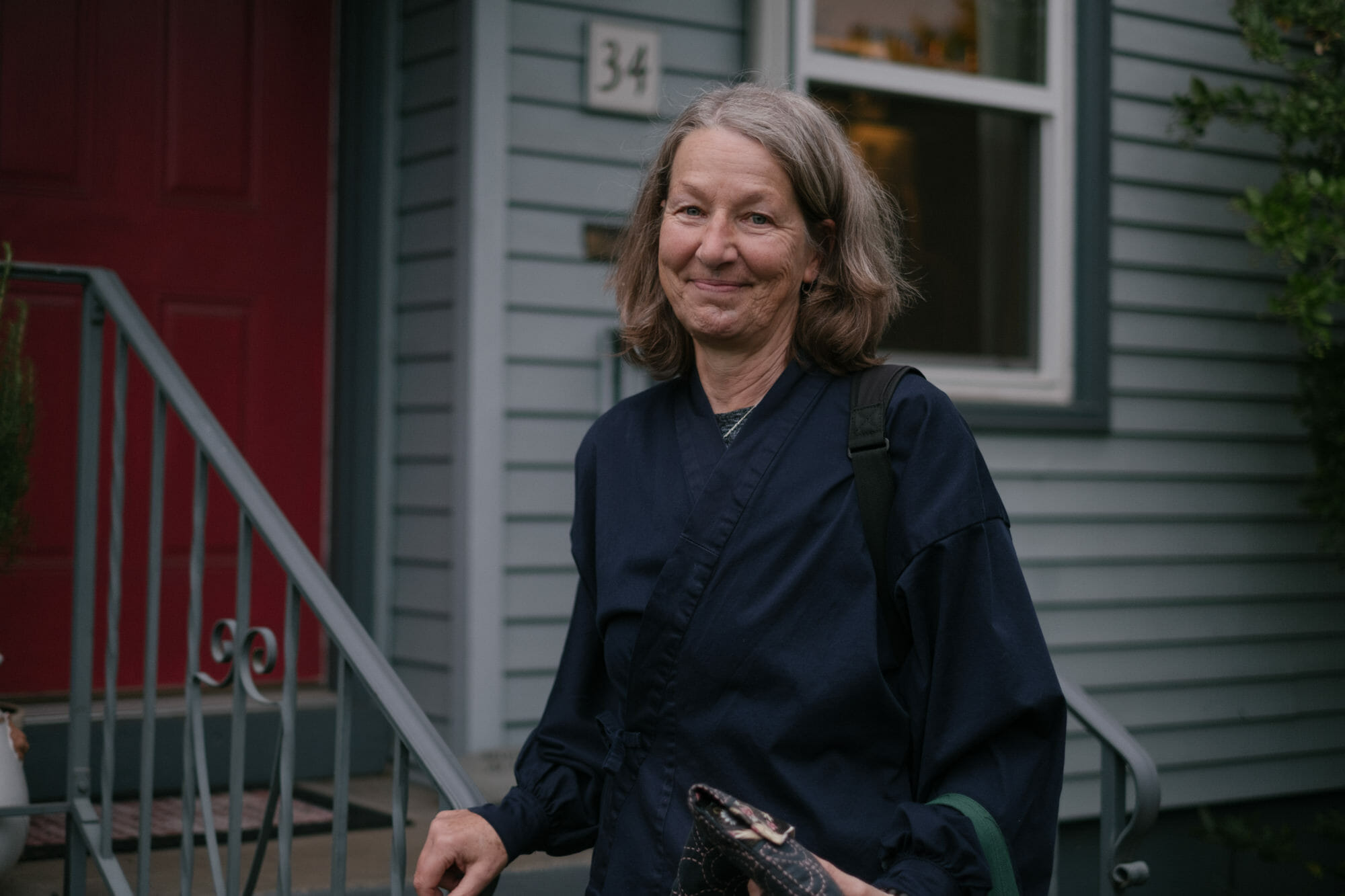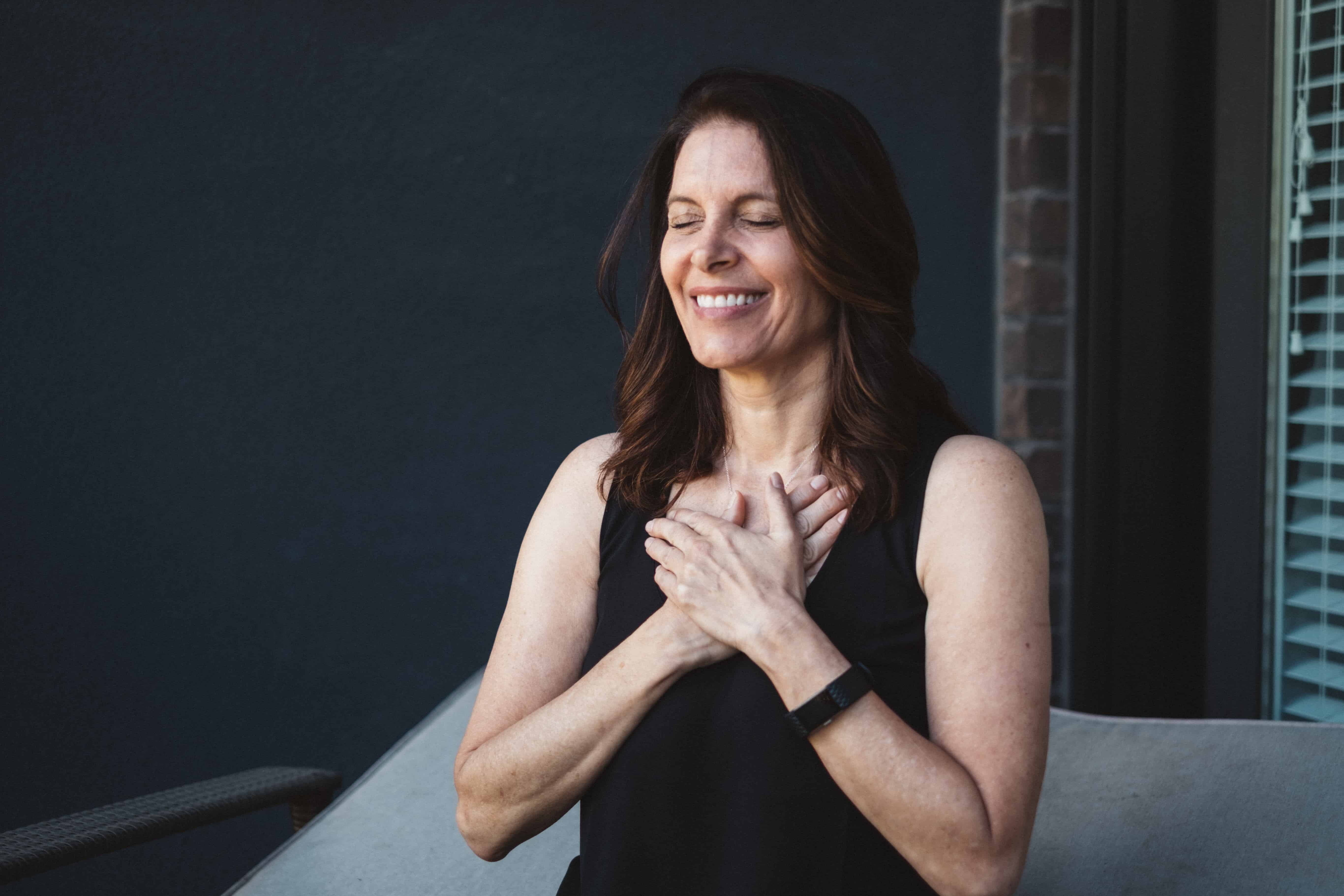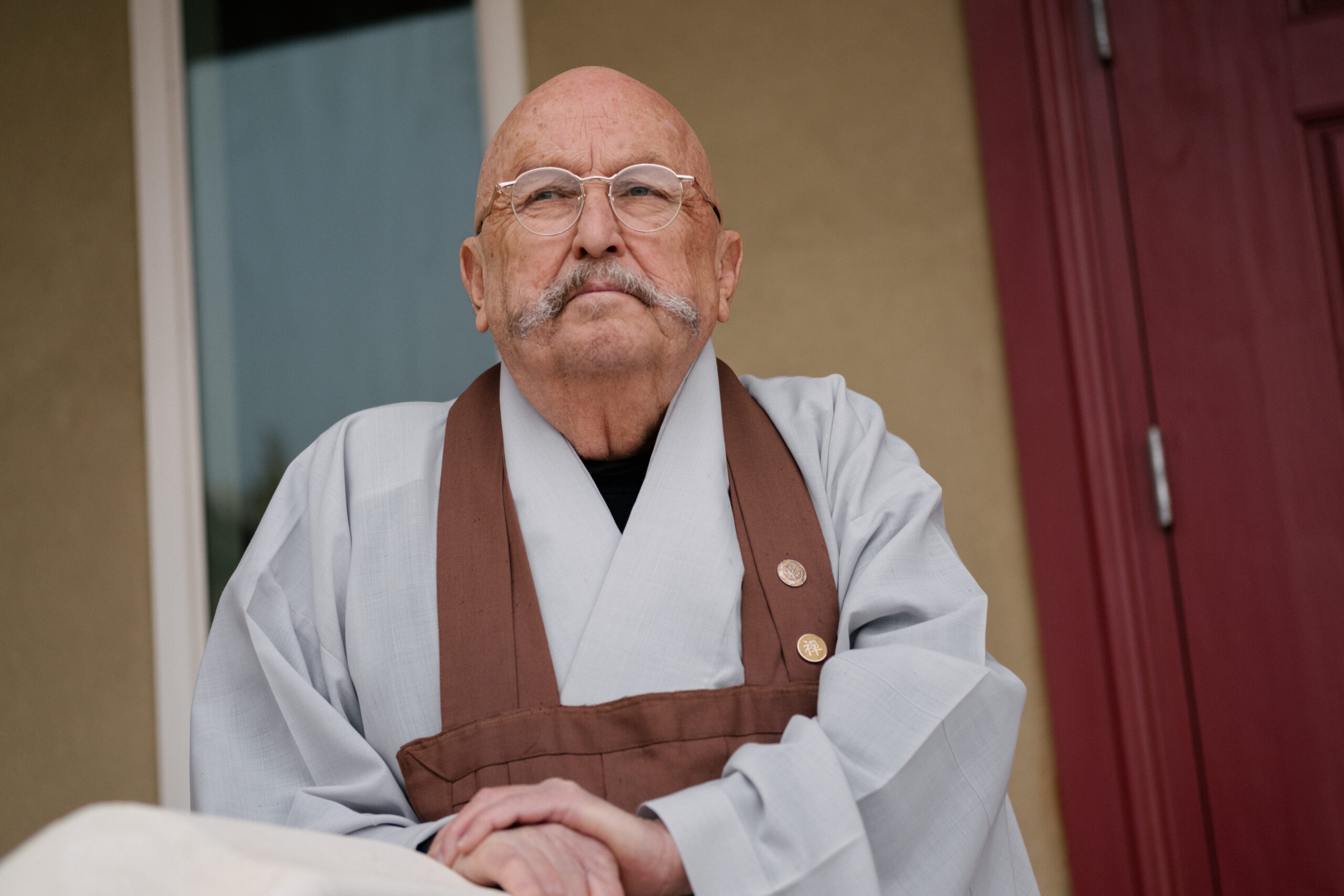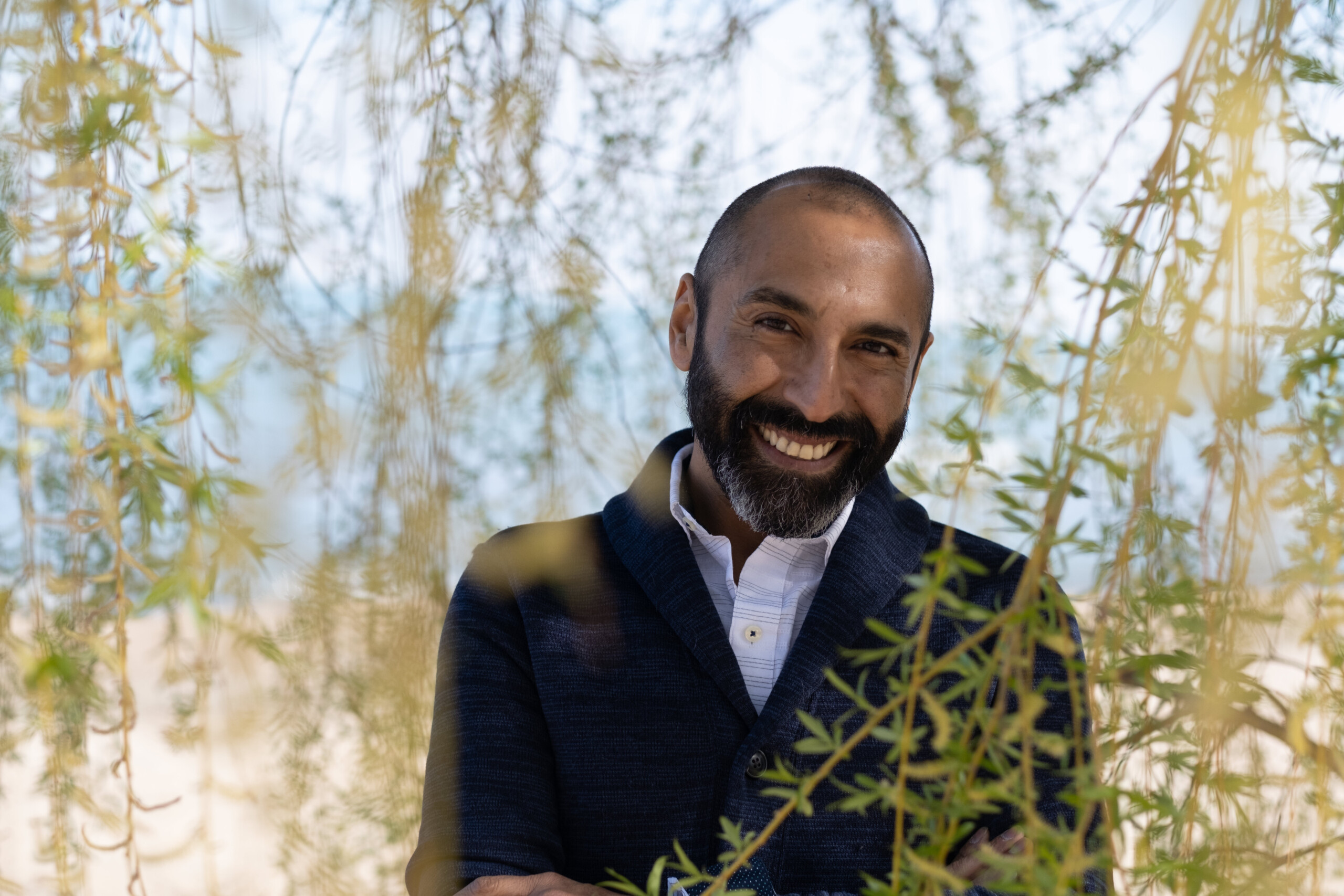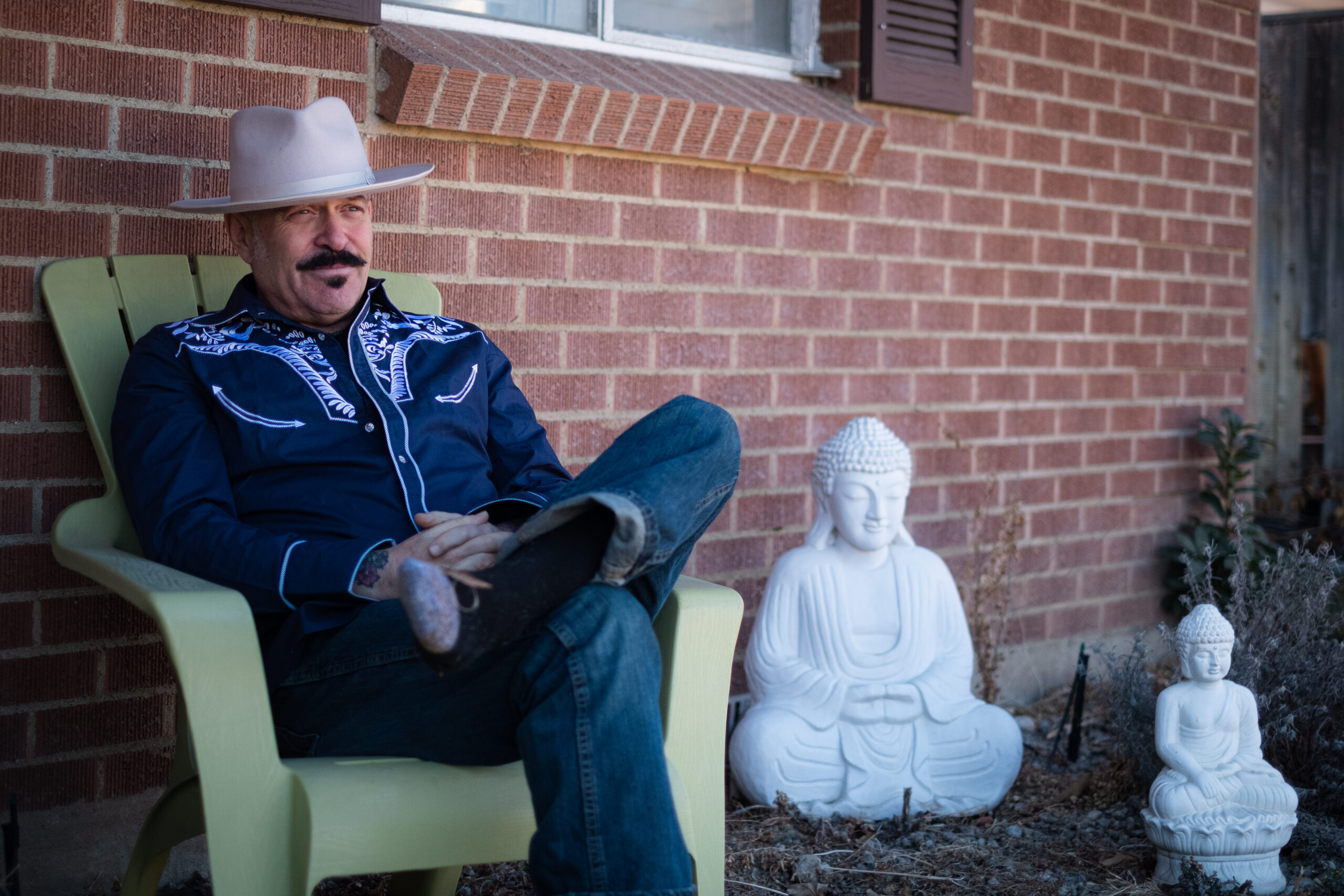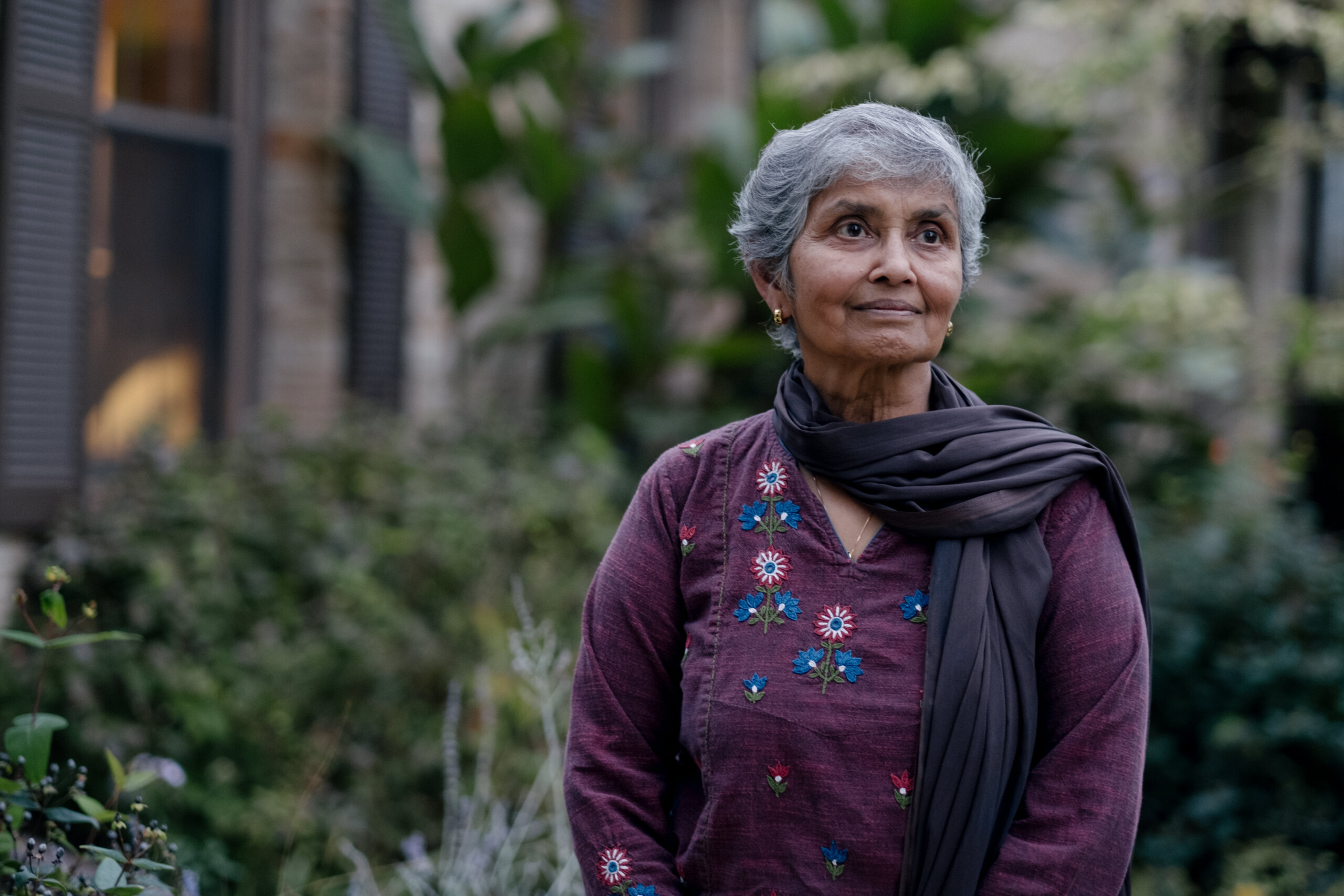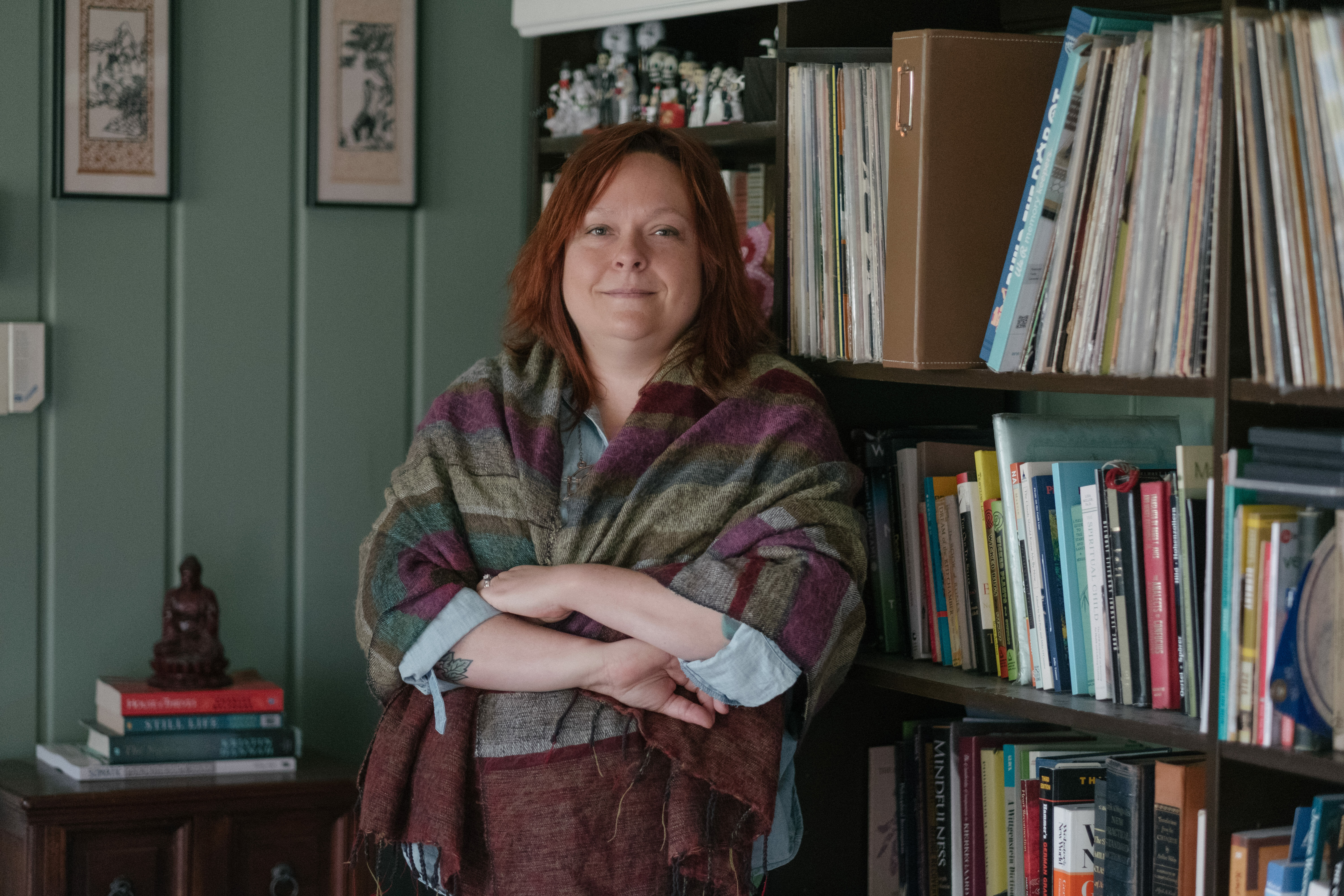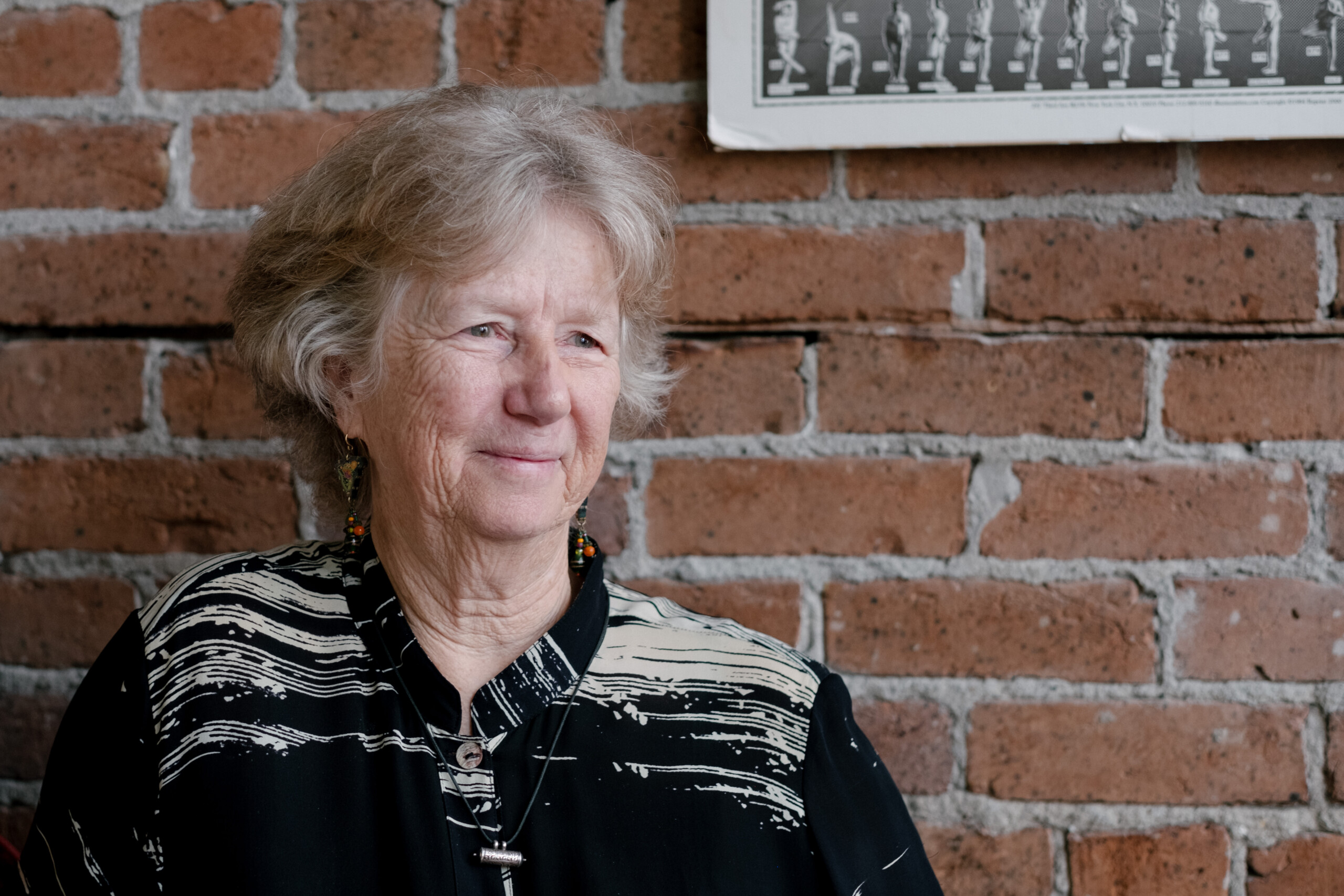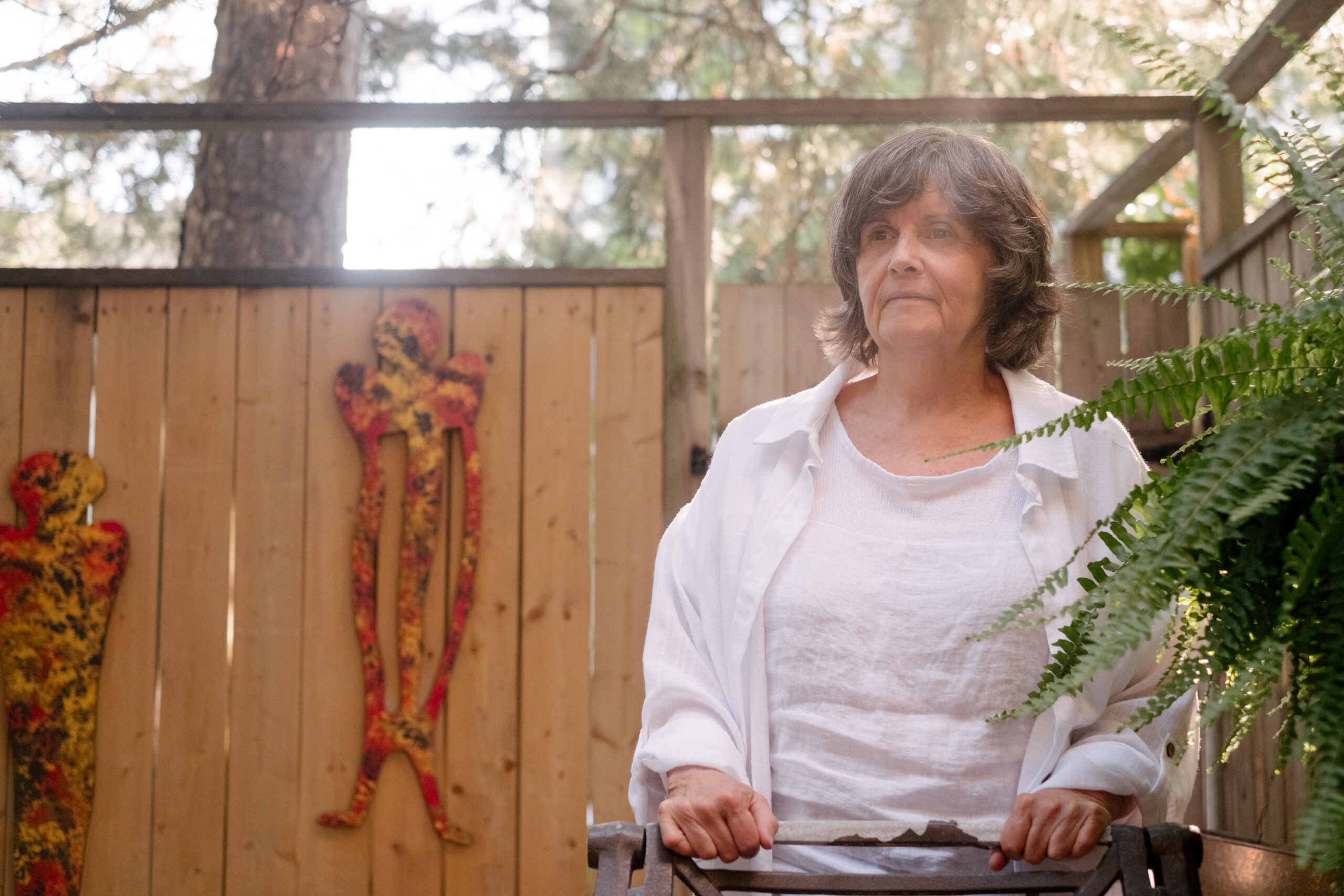Background
David, at the age of 71, reflects on the trajectory of his life, marked by fame, fortune, and the gradual shift away from his successful career building ponds and waterfalls. His physical health limitations prevented him from continuing large projects, adding pressure and stress to his life. Despite the outward success, he reveals the complex duality of his existence—a rich, creative professional life juxtaposed with a traditional upbringing and personal struggles.
David opens up about his early experiences with alcohol, starting in seventh grade, and the revelation of what he calls “liquid spirituality.” He acknowledges the façade he created for his family, describing it as stained glass, a crafted image that hid the mess behind the scenes. The narrative takes a personal turn as David recounts the challenges in his first marriage, including infidelity and the subsequent emotional turmoil.
His life takes a transformative turn when he acknowledges his struggles with alcohol and joins Alcoholics Anonymous (AA). Simultaneously, David delves into meditation, attending Shambala workshops and reflecting on the impact of his early experiences. The narrative weaves through his exploration of recovery, meditation, and various spiritual teachings, including the 12-step program.
David describes his gradual acceptance of discomfort and the ongoing process of breaking down self-imposed barriers. The narrative spans over 40 years, highlighting the ongoing evolution of his understanding and practice of meditation and recovery. The mention of his interactions with a younger generation, particularly his granddaughters, emphasizes the changing perspectives and acceptance he has cultivated over time.
In summary, David’s life story is one of transformation, self-discovery, and the ongoing journey toward greater awareness and acceptance. From the highs of professional success to the lows of personal struggles, he navigates a complex path, finding solace and growth in meditation, recovery, and a continual willingness to embrace discomfort.
Lineage
David’s journey into meditation and mindfulness unfolded gradually over the course of many years. Initially, he found the teachings confusing, especially the structured levels of practice. Despite his initial lack of understanding, a persistent curiosity led him to delve deeper into meditation, exploring various books and teachings. David’s practice involved tight focus and later expanding his gaze, all while grappling with a sense of confusion.
Over time, David observed shifts in his awareness, especially upon waking up with dream-induced feelings. Meditation became a tool to navigate the complexity of his mind and emotions. As he practiced, he discerned the impact of meditation on his daily life and developed skills to work with his mind effectively.
David went through various Shambhala programs, appreciating some teachers more than others. His turning point occurred during Warrior’s Assembly, where he resonated with a particular instructor. He started working closely with this teacher, gradually becoming more adept at understanding and applying Buddhist principles.
In an unexpected role as a secretary during the dot tune, David discovered his unique skills in observing and understanding participants’ needs. This led to his involvement in a recovery meeting within the Shambhala community, addressing addiction and habitual patterns. The decision to eliminate alcohol during gatherings brought about a profound shift in the community, fostering care, love, and connection among participants.
As David continued his practice, he undertook a study of Lojong teachings, incorporating them into his daily routine. Greeting himself with the friendliness of a dog became one of his quirky yet effective meditation practices. The slogans, initially perplexing, gradually revealed their wisdom as David persistently worked through them.
In essence, David’s journey is one of perseverance, self-discovery, and the integration of meditation into his everyday life, transforming challenges into opportunities for growth and understanding.
Challenges
David’s journey into meditation and mindfulness unfolded gradually over the course of many years. Initially, he found the teachings confusing, especially the structured levels of practice. Despite his initial lack of understanding, a persistent curiosity led him to delve deeper into meditation, exploring various books and teachings. David’s practice involved tight focus and later expanding his gaze, all while grappling with a sense of confusion.
Over time, David observed shifts in his awareness, especially upon waking up with dream-induced feelings. Meditation became a tool to navigate the complexity of his mind and emotions. As he practiced, he discerned the impact of meditation on his daily life and developed skills to work with his mind effectively.
David went through various Shambhala programs, appreciating some teachers more than others. His turning point occurred during Warrior’s Assembly, where he resonated with a particular instructor. He started working closely with this teacher, gradually becoming more adept at understanding and applying Buddhist principles.
In an unexpected role as a secretary during the dot tune, David discovered his unique skills in observing and understanding participants’ needs. This led to his involvement in a recovery meeting within the Shambhala community, addressing addiction and habitual patterns. The decision to eliminate alcohol during gatherings brought about a profound shift in the community, fostering care, love, and connection among participants.
As David continued his practice, he undertook a study of Lojong teachings, incorporating them into his daily routine. Greeting himself with the friendliness of a dog became one of his quirky yet effective meditation practices. The slogans, initially perplexing, gradually revealed their wisdom as David persistently worked through them.
In essence, David’s journey is one of perseverance, self-discovery, and the integration of meditation into his everyday life, transforming challenges into opportunities for growth and understanding.
Mind Training
David reflects on his transformative journey along the path of teachings that guide the understanding of one’s own mind. He describes a practice of examining ancient laws on teachings daily for two or three years, gradually unraveling the workings of his mind and observing reactions. Despite the challenge of understanding analogies from 2500 years ago, the teachings gradually sink in, revealing profound insights.
Keeping a journal of his experiences, David notes the emergence of his own interpretations and slogans inspired by the teachings. These personalized insights serve as mental cues to bring him back to the present moment, acting as a form of mind training. He encourages others to create their own slogans, sharing humorous stories about the cultural context of some of his sayings. Overall, the purpose of these teachings, known as mind training, is to build a resonance with the present moment, allowing for heightened awareness as experiences arise.
Practice
In his recounting, David shares the evolution of his meditation practice over the years. Initially skeptical, he attended level two after vowing not to engage in such practices again. Despite his initial resistance, he gradually embraced meditation, starting with short sessions in the morning. He candidly reflects on his internal dialogue, including moments of discomfort and skepticism.
David’s journey involved exploring various meditation traditions, incorporating teachings from Jack Kornfield, and ultimately finding resonance with Shambhala practices. He acknowledges the challenges of formalized settings and the occasional need to address disruptive behavior during sessions. As he delves into his meditation routine, he emphasizes the importance of daily commitment, review, and the personalization of practices.
The stroke David experienced served as a poignant reminder of life’s impermanence, reinforcing his dedication to uncomfortable yet enriching practices. He discusses the impact of a month-long silent retreat, unveiling a newfound appreciation for silence and recognizing the habit of making things up due to his partial deafness.
David underscores the transformative power of the Buddhist path, especially in dealing with addiction. He finds joy in assisting those struggling with addiction, appreciating their urgency in seeking change. Despite acknowledging phases of attachment to rituals or self-perceptions, he highlights the importance of recognizing and transcending these traps on the path.
Relationships
David reflects on the human side of his Buddhist journey, sharing anecdotes about how his extended retreats during the holidays led to humorous speculations among family members. He delves into his relationship with his wife, emphasizing the importance of not needing each other for happiness to avoid creating dependencies.
The notion of basic goodness becomes a focal point, with David describing the skepticism he initially felt during repetitive chants affirming his inherent goodness. He recounts a pivotal moment when he questioned, “What if it’s true?” – a transformative shift that led to a deeper understanding of himself and the Buddhist path.
David underscores the importance of taking refuge in the Buddha as an example, the Dharma as profound teachings, and the Sangha as a supportive community. He acknowledges the ongoing challenge of sifting through cultural baggage attached to Buddhist teachings, emphasizing the patience required in this transformative process.
The vow-taking experiences, such as the Bodhisattva vow, are explored, with David highlighting how these vows work slowly, like a Pac-Man game chewing away at the ego. He touches on the diversity of teachings he encountered from various teachers and how each presents a unique perspective on the path.
At 71, David views life with a sense of amusement, often seeing it as an archive system where he adds light to old experiences. He expresses the joy of helping others without imposing his views, recognizing the richness of the Buddhist path and cautioning against getting too serious or possessive about one’s practice.
Recovery Sangha
David shares the impactful story of his friend Martha Hildreth, who played a pivotal role in addressing addiction within the Shambhala community. Martha, inspired by Pema Chödrön, took on the challenge of working with addiction, leveraging her own experience of sobriety. Her dedication, often driving hours for meetings, became a cornerstone in creating a safe space at the Shambhala Mountain Center.
Martha’s unique approach involved creating discomfort for participants by throwing them into meditation without detailed instructions. This discomfort, though initially challenging, became a transformative gateway for many. Martha skillfully integrated Dharma teachings, guiding people to work with their minds in an unconventional yet effective manner.
The natural hierarchy that evolved, with David assisting Martha, showcased a supportive community dynamic. Martha’s passing had a profound impact, emphasizing her role as a matriarch in maintaining a healthy organization. David reflects on her ability to foster a safe room, even in unconventional ways, such as embracing silence and creating discomfort.
The story unfolds with Martha encouraging participants to suggest discussion topics, fostering engagement and diversity in the meetings. David highlights Martha’s ability to navigate long silences, a practice that cultivated patience and allowed for a deeper exploration of thoughts. Martha’s influence extended beyond conventional practices, with participants expressing themselves through song and diverse forms of expression.
David also touches on Martha’s legacy, describing how her approach influenced his improvisation class, where hitting the present moment from both action and stillness became a valuable skill. Additionally, he shares his experience combining Aikido, a martial art, with business practices, showcasing Martha’s impact on various aspects of his life.
Death
David reflects on the pervasive theme of death in his life, tracing back to early days when a teacher advised him to meditate on his own death daily. This practice involved envisioning various scenarios of his demise, fostering a familiarity with the concept. Despite initial boredom, the meditation brought a heightened appreciation for life, intensifying colors and sharpening perceptions.
Two years ago, David faced a stroke that left him physically impaired. The experience stirred a profound sense of identity crisis, similar to moments in his life when he didn’t know who he was, such as when he quit drinking or embraced silence. The stroke and its aftermath brought both physical challenges and a newfound confidence.
David humorously acknowledges the Western mind’s skepticism about reincarnation and the role of Mr. Snarky, his internal skeptic, throughout his life. He emphasizes the importance of navigating the unknown and staying curious, manifesting in his pursuit of uncomfortable experiences through classes. Death, as a flavor of human experience, is inevitable, and David aims to live a life of service and kindness.
The recent memorial service for his Buddhist father-in-law, who lived a life of goodness and appreciation for others, inspires David to continue such a path. He finds solace in the Buddhist teachings, symbolized by the circular wheel of Dharma, representing the various realms of existence. David recognizes his own journey through different realms, acknowledging the impermanence and unpredictability of life.
Despite not being a Buddhist scholar, David expresses loyalty to the path of practice, aiming to pass on these teachings to his granddaughters. He appreciates the unique experience Buddhism provides, allowing him to navigate life’s uncertainties and find meaning in the unfolding journey.

